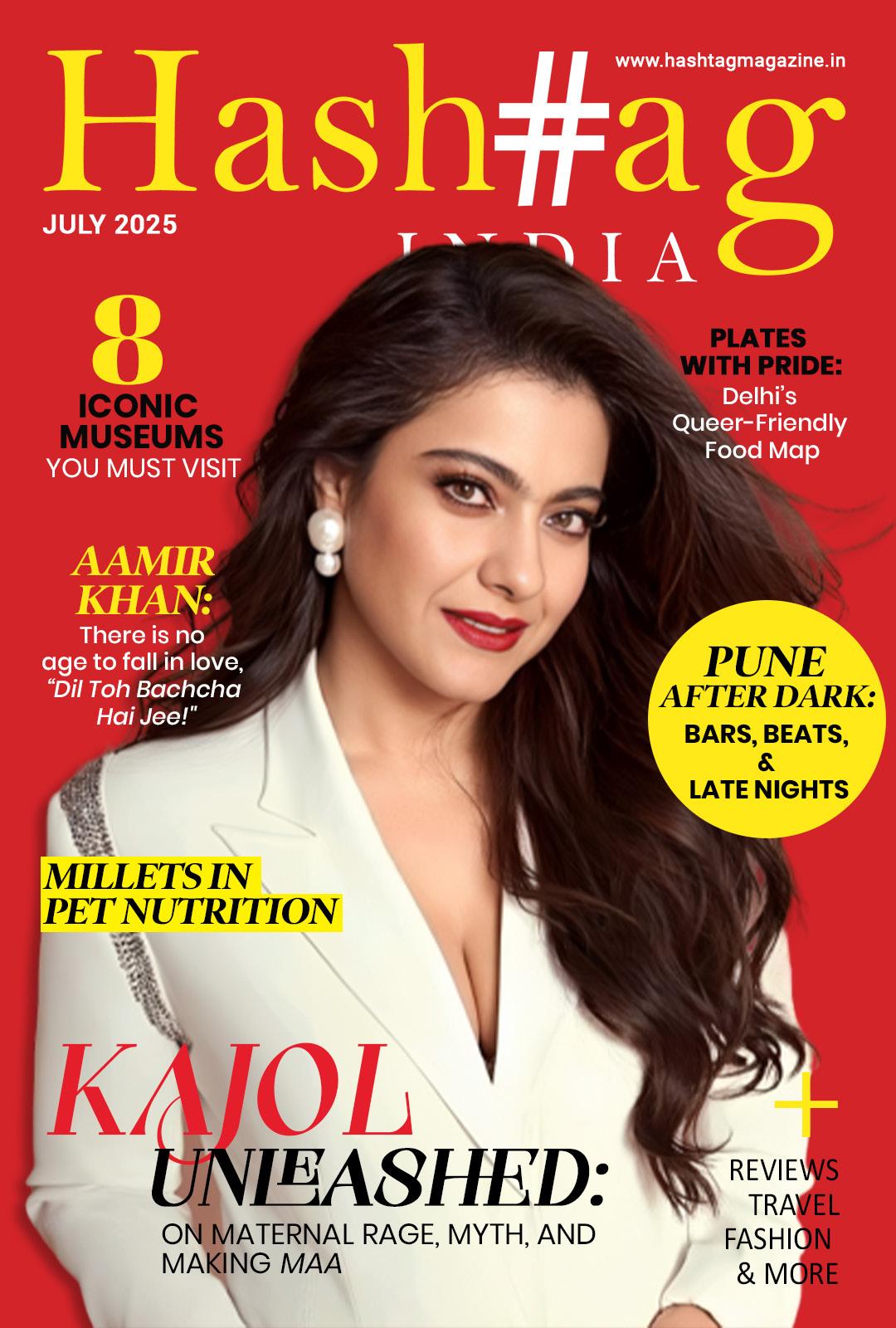

CONTENTS
EDITOR'S NOTE
PAGE: 03
A note from the editor.
EVENTS IN TOWN
PAGE: 05
Your curated guide to events, pop-ups, and cultural moments near you.
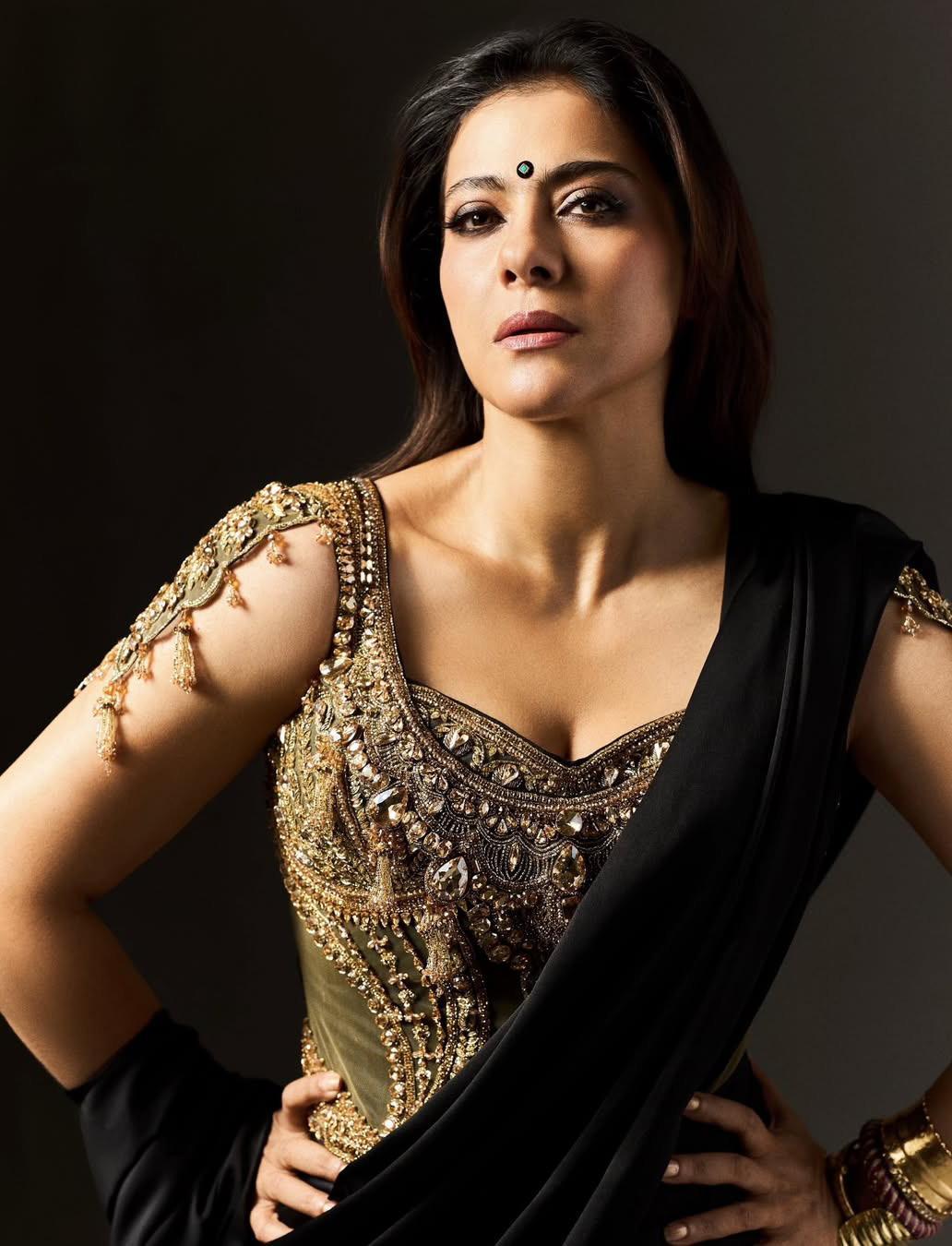
TRENDING NOW
PAGES: 06-09
Kajol on Her Bold Turn in Maa, the actor speaks about horror, motherhood, and divine rage on screen. This is Kajol like you’ve never seen her before—fierce and fearless.
STARTUP SPOTLIGHT
PAGES: 10-12
Meet the young changemakers cleaning the Ganga, one startup at a time. Innovation meets purpose in this blend of tradition and tech.

DUSK
TO DAWN
PAGE: 13-16
Pune After Dark–Explore Pune’s most exciting after-hours spots, from bars to secret gigs. The city’s nightlife is buzzing—here’s where to go when the sun sets.

HEALTH & WELLNESS
PAGES: 23-31
Vipassana Unplugged– find out which one builds better strength, flexibility, and focus? A side-by-side look at two of wellness’s most loved practices.
FOOD & DRINK
PAGES: 33-35
From Japanese milk bread to sourdough innovations, bread is back. Find out what’s rising on bakery menus worldwide.
Also discover Kolkata on a Plate-Iconic Street eats, sweets, and heritage dining spots in the city of joy
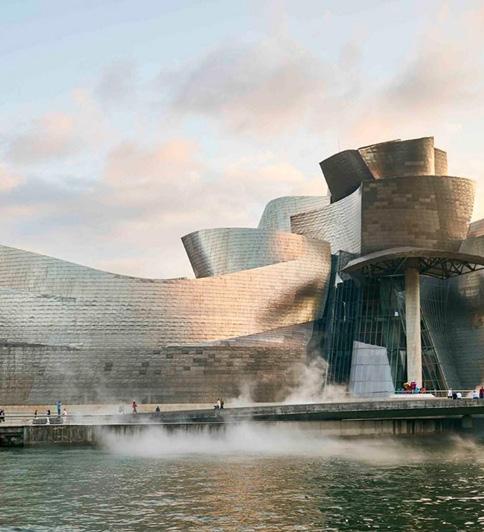
ARTS & CULTURE
PAGES: 37-40
Discover 8 Iconic Museums Around the World
PETS
PAGES: 42-44
Superfoods aren’t just for humans; millets are going mainstream for pets. Discover how to nourish your furry friend the local way.

TRAVEL
PAGES: 50-56
Lush, wild, and full of mist—national parks at their monsoon best.
Pack your boots and take the scenic route.

STREAMING NOW
PAGE: 65-70
NAamir Khan Unplugged In an exclusive interview, Aamir talks about scripts, silence, and legacy. A rare look into the mind of a cinematic storyteller.
Five Indian shows you shouldn’t miss from Drama, thrill, comedy, and culture—there’s something for every mood.
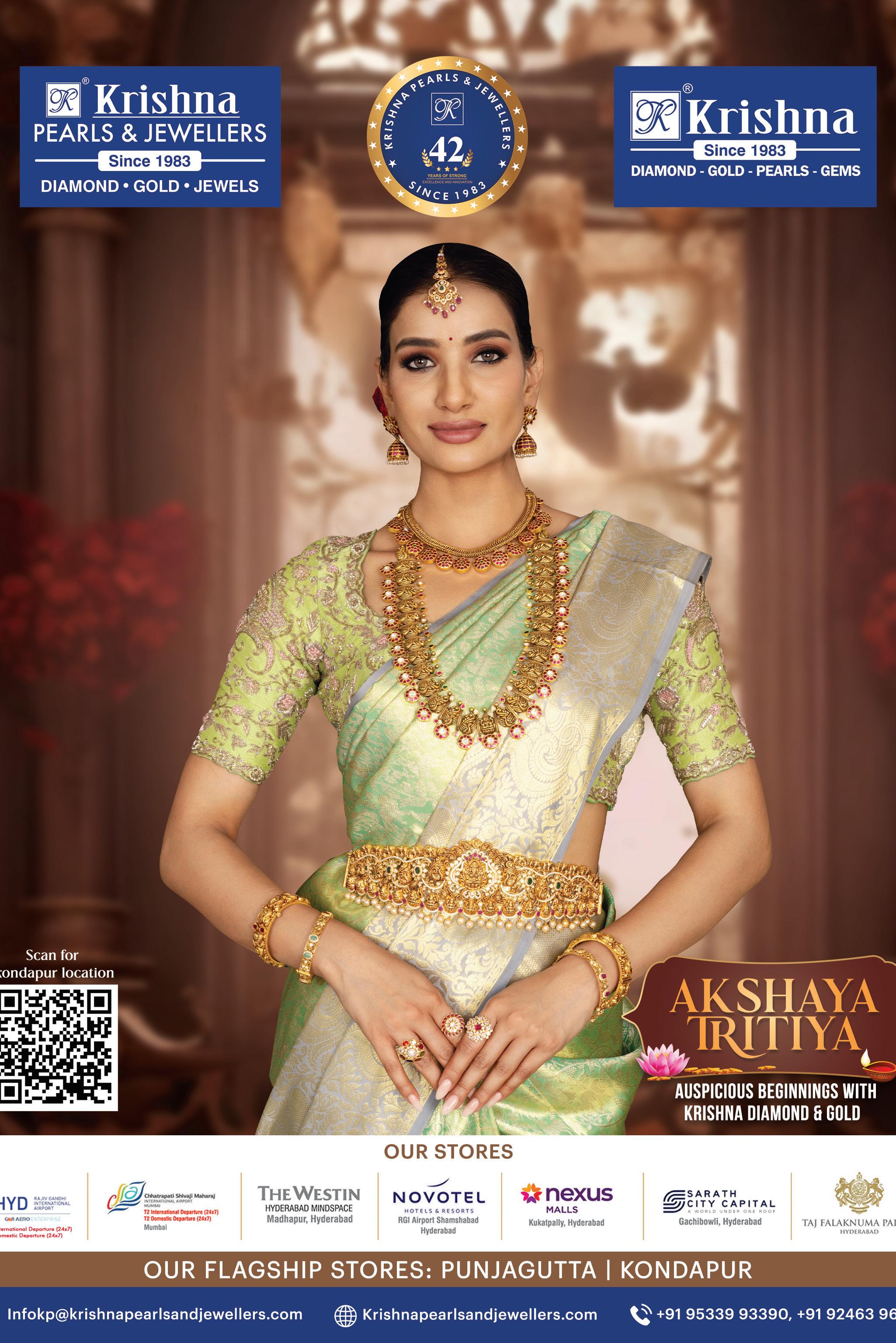
From the E DITOR
No One Knows You Exist… Unless You Tell Them

Are you networking enough? Are you promoting yourself the way your work truly deserves? It’s a question I’ve been asking myself—and one I encourage you to reflect on too.
We live in a world driven by visibility. No matter how brilliant your ideas are, how groundbreaking your product is, or how transformative your art may be, if no one knows about it, it’s like it never happened. It sounds brutal, I know. But in today’s landscape, if you're not out there, you might as well not exist.
Whether you're a top entrepreneur, an indie filmmaker, a designer, or a wellness coach—if you're not stepping up, getting nominated, winning awards, or even just being part of meaningful conversations—you’re missing out. Not because your worth depends on external validation, but because we now live in an economy of attention. And if you don’t claim your space, someone else will fill it with noise.
I'll admit, I'm not naturally inclined to excessive networking. I often find large back-to-back events exhausting and small talk overwhelming. But here’s the truth: Networking today isn’t about schmoozing—it’s about storytelling. It's about being present. It's about owning your narrative before someone else shapes it for you.
My advice? Don't lose your mind trying to be everywhere all the time. But don’t disappear either. Show up in a way that feels real to you. Speak on a panel. Post your wins. Send the pitch. Join the conversation. Celebrate your work—and others'.
As someone who once shied away from the idea of “self-promotion,” I get it. Socialising can be draining. Personal branding can feel inauthentic. But let me tell you—visibility is no longer optional. It’s the currency of credibility. The good news? You get to choose how you show up. Whether it’s speaking on a panel, starting a

podcast, attending one key event a month, or simply posting your latest win, showing up with intention makes all the difference.
This brings me to our July 2025 issue of Hashtag Magazine—an issue filled with voices that are making themselves heard and seen, across industries and cities.
We feature Kajol’s powerful return in Maa—a horror film steeped in mythology and maternal rage, where visibility takes on a whole new meaning. We also spotlight startups quietly cleaning the Ganga, proof that impactful work still needs a platform to flourish. So, this month, don’t just consume content—create it. Don’t wait to be discovered—put yourself out there. You can’t win the game if you’re not on the field!

Sinduri Vuppala
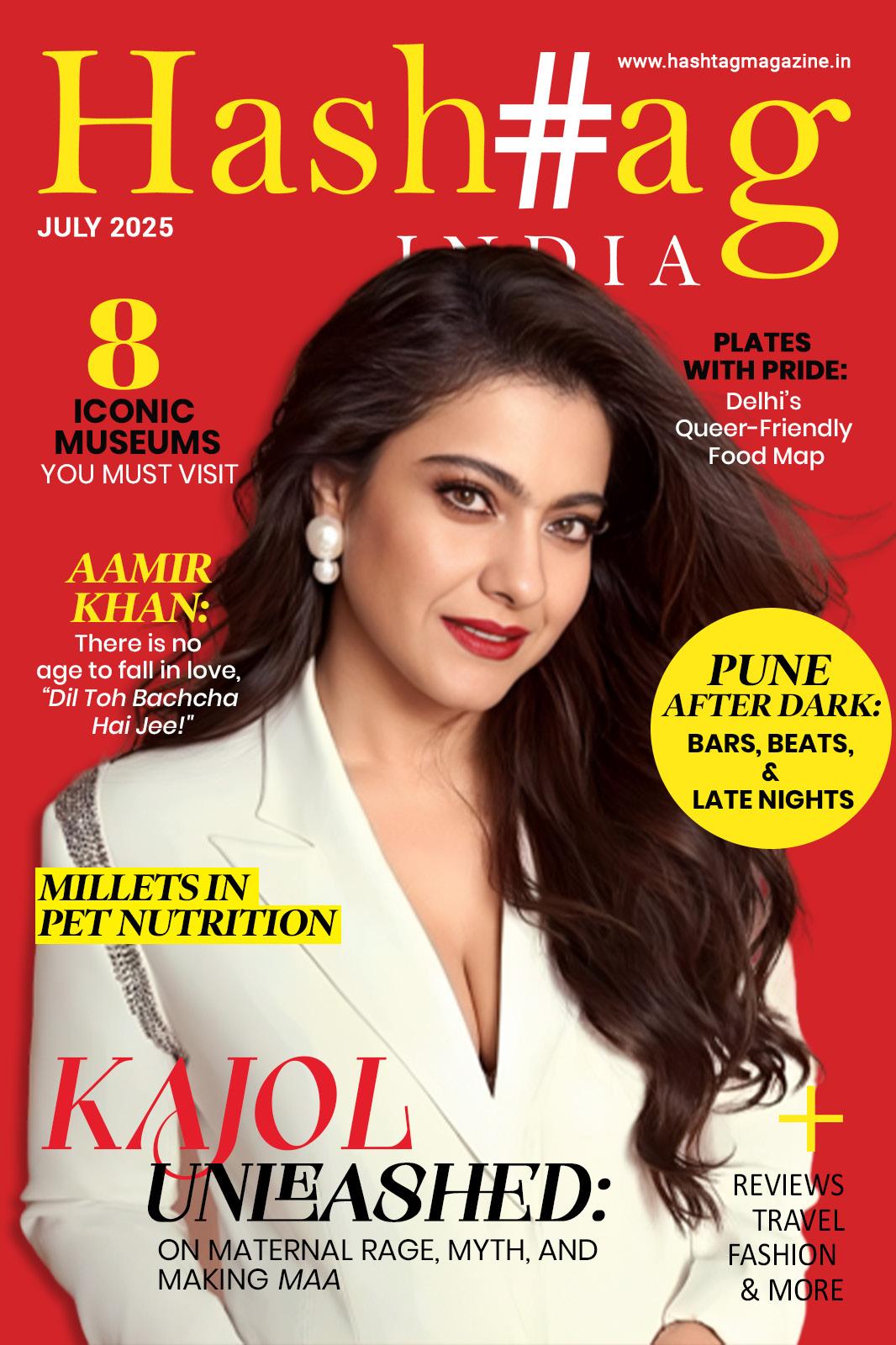



Editor
Sinduri Vuppala
Copy Editor
Sheba Joseph Contributors
Lipika Varma
Ratna Bhupal
Rashmi Gopal Rao
Mallik Thatipalli
Aniket Pandey
A Pragnya Reddy
Bindu Gopal Rao
Mehak Walia
Dhanush Kumar
Manisha Pyaraka
Surabhi Goel
Designer K Abhinay Raj Raju
Website and SEO Nuthalapati Sreenivasulu
Social Media
Vishal Goud
Editorial Office
B 10 Vikrampuri, Karkhana, Secunderabad, 500009. Contact: 6269 000 666
Marketing Office
Atin OOH
B19, Avenue 5, Banjara Hills, Hyderabad Phone: 040 23355485
Cover KAJOL Website: www.hashtagmagazine.in
Hashtag India Magazine is published and promoted by Nirvana Media House Hyderabad

UPCOMING EVENTS
JULY 2025

Papa Yaar by Zakir Khan in Ahmedabad
Get ready, Ahmedabad! The master of heartfelt comedy and poetic punches, Zakir Khan, is bringing his much-loved show Papa Yaar to town. Known for his signature style that blends humour with raw emotion, Zakir dives deep into the beautiful chaos of family, relationships, and growing up. This isn’t just a stand-up show—it’s a reflection, a laugh, and even a tear. Whether you're a longtime fan or a newcomer to his charm.
Date: 1st July-27th July 2025
Price: Rs 1,499/-
Venue: Hemu Gadhavi Auditorium, Rajkot
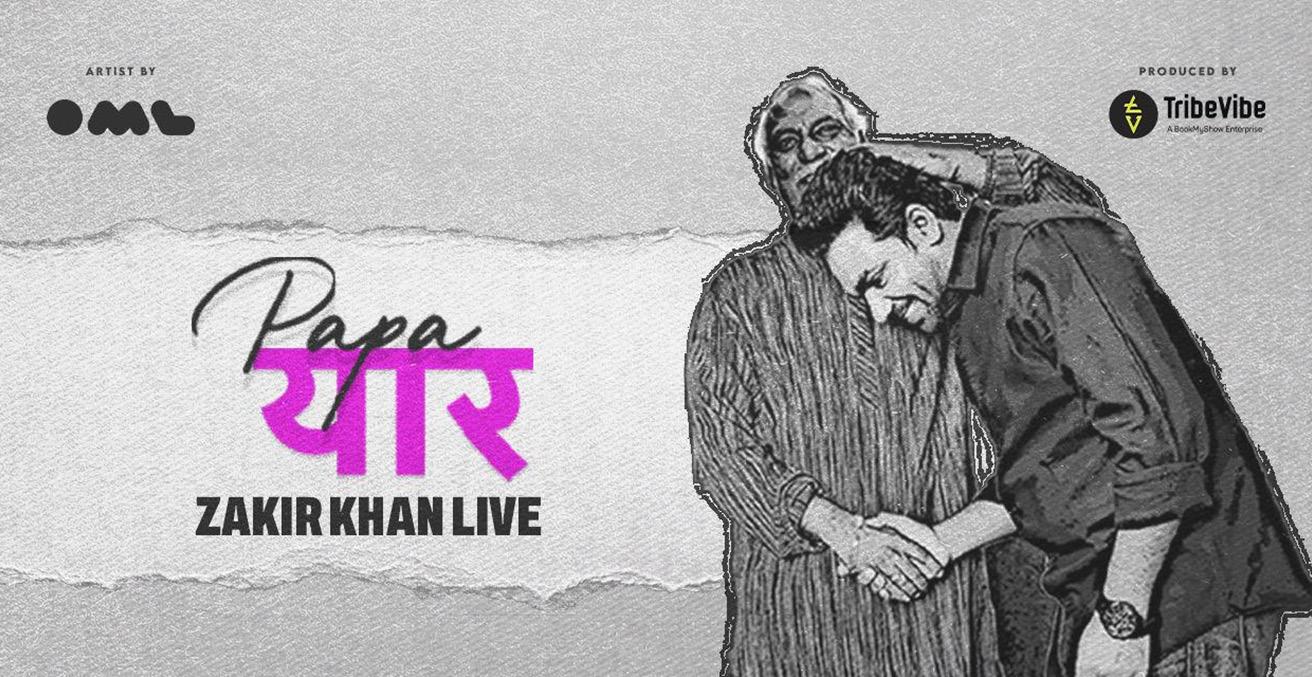

Daily Ka Kaam Hai by Aakash Gupta

NMACC Bachpan Performance in Delhi
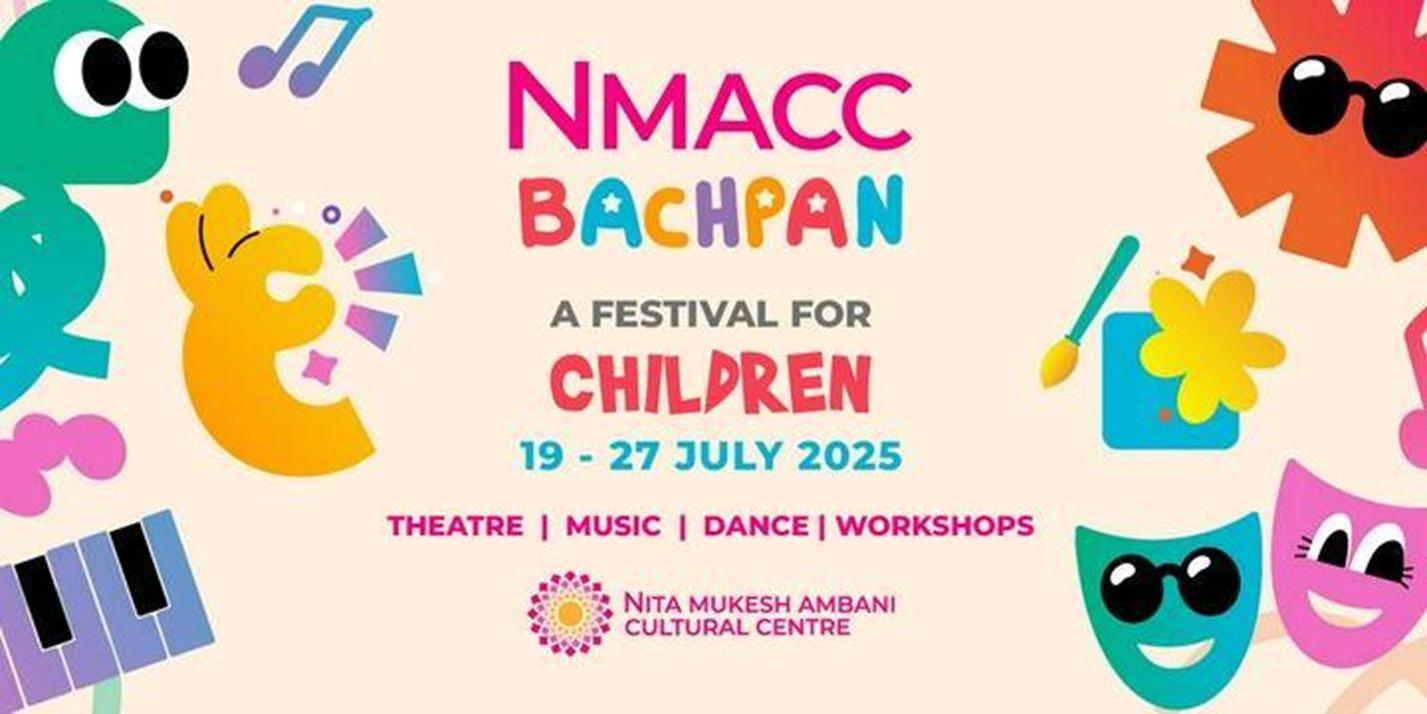
Delhi, gear up for a celebration of innocence and imagination—Bachpan by NMACC is making its vibrant way to town. Designed for curious minds and open hearts, this enchanting fest brings together the magic of storytelling, music, movement, and hands-on discovery. From puppet shows and drum circles to art workshops and science demonstrations, it’s a treasure trove of wonder for children and their grown-ups alike.
Date: 19th July 2025
Venue: Delhi

Gurugram, brace yourself! Aakash Gupta is all set to hit the stage with his latest stand-up special, Daily Ka Kaam Hai. With his trademark blend of quick wit and everyday observations, Aakash takes the mundane and spins it into pure comedy gold. From office woes to household quirks, he sheds light on the small things we all experience but rarely discuss.
Date: 20th July 2025
Price: Rs 999/- onwards
Venue: The Laugh Store: DLF Cyberhub, Gurugram
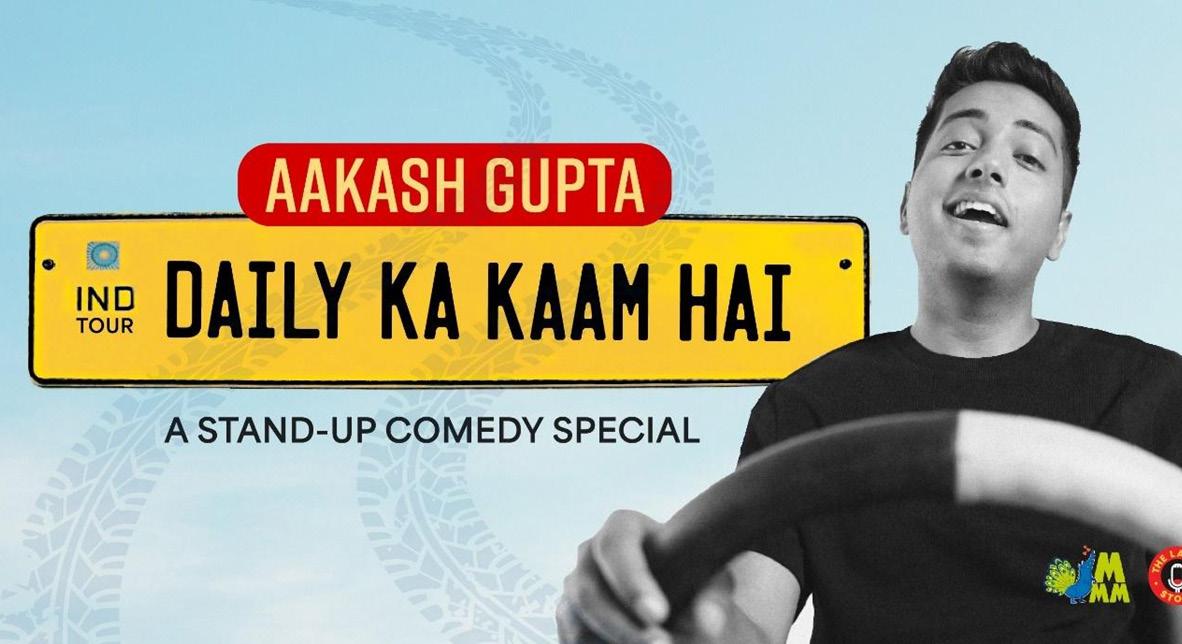
DJ Chetas-Chandni Bar Meets Bollywood
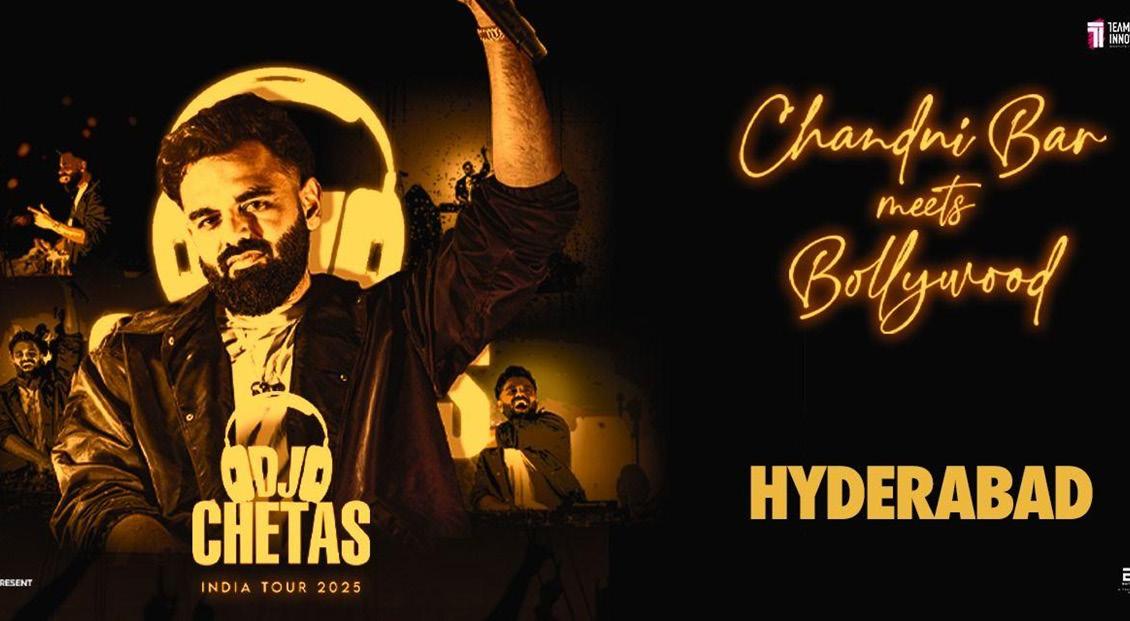
Hyderabad, get ready to groove! DJ Chetas: Channi Bar meets Bollywood is rolling into town, bringing the pulsating energy of Channi Bar’s DJ nights fused with star-studded Bollywood beats. Picture bass-driven remixes layering chartbusters, charting a path from foot-tapping folk to heart-thumping club anthems. DJ Chetas, renowned for his live mashups and remix magic, will keep the dance floor alive with nostalgia and novelty.
Date: 26th July 2025
Venue: Quake Arena, Hyderabad
Price: Rs Rs 1,000/- onwards


Kajol on Horror,
Motherhood, and ‘Maa’:
“This Role Will Stay with Me Forever”
In her upcoming horror-thriller Maa, Kajol steps into a space that’s as emotionally charged as it is spiritually rooted—one that reimagines horror through the lens of motherhood, mythology, and inner strength. The film draws from the legend of Goddess Kali, blending it with a modern narrative that challenges both genre and tradition. It also stars Indraneil Sengupta, Kherin Sharma, and Ronit Roy in pivotal roles. In conversation with Lipika Varma, Kajol opens up about the film that has deeply resonated with her both personally and professionally.
A Story Rooted in Myth and Modernity
“When we started, this wasn’t even meant to be a horror film,” Kajol begins, reminiscing about the origin of Maa Maa draws inspiration from the mythological tale of Kali and Raktabeej—stories Kajol remembers from her childhood and even used to scare her children with.
The story was meant to be a tight thriller, but as the script evolved, so did its scope. “We realised we had to make it bigger, as the characters and the situations were so large in scale. A simple ending wouldn’t do justice to the emotion we had built. You can’t just have her shoot him in the head and walk away,” she explains. The spiritual and symbolic depth of the film demanded a more profound resolution—something that echoed the power of Goddess Kali herself.
The Title That Found Its Meaning
What began as a working title became central to the film’s soul. “By the time we finished, we realised Maa said everything the film was about. It was not just about a mother, but the divine mother—Kali Maa—and the raw energy of maternal strength, both nurturing and destructive.”


WE REALISED WE HAD TO MAKE IT BIGGER, AS THE CHARACTERS AND THE SITUATIONS WERE SO LARGE IN SCALE. A SIMPLE ENDING WOULDN’T DO JUSTICE TO THE EMOTION WE HAD BUILT. YOU CAN’T JUST HAVE HER SHOOT HIM IN THE HEAD AND WALK AWAY
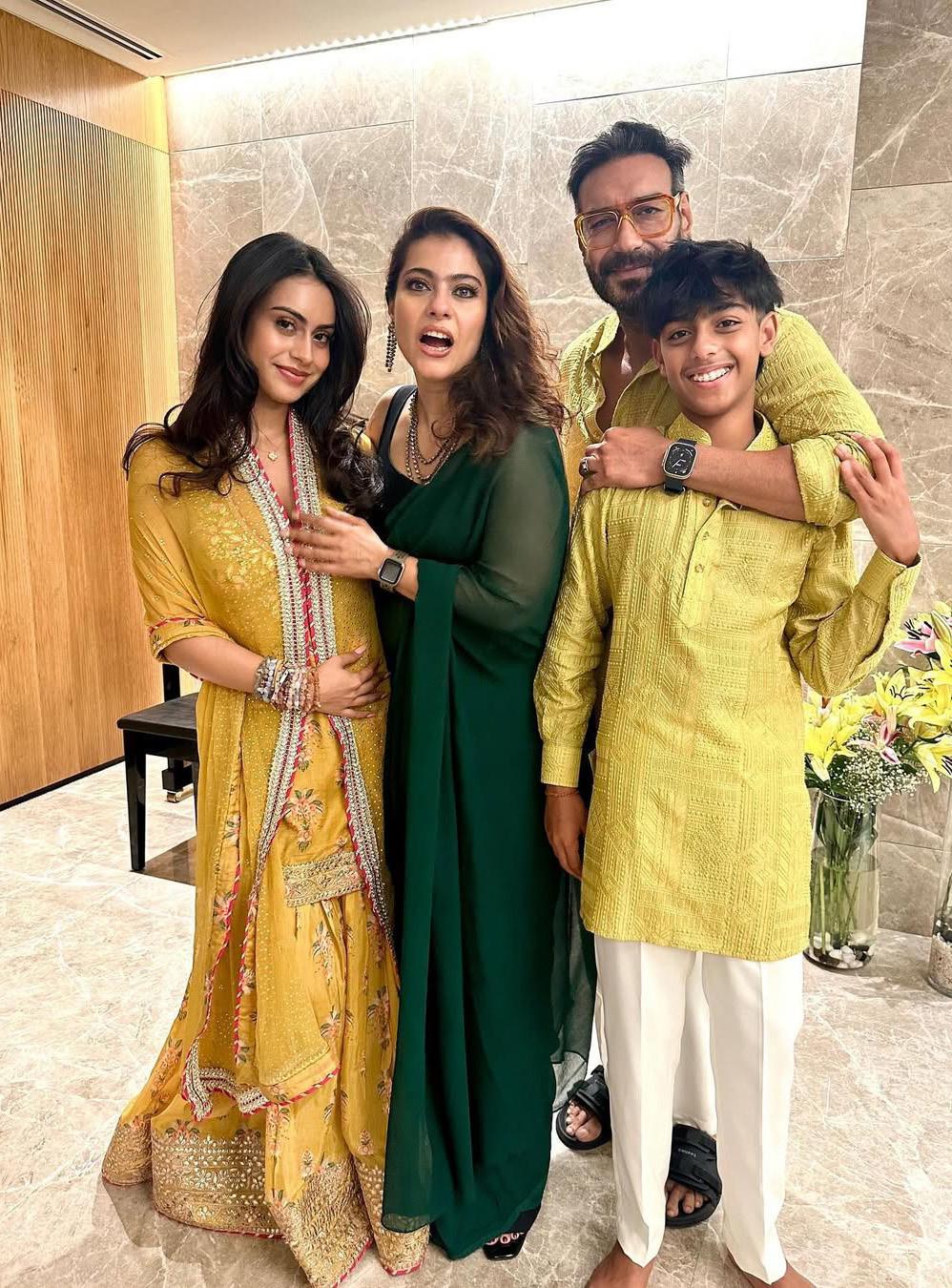

Kajol on the Evolution of Motherhood—On and Off Screen
In a reflective moment, Kajol discusses the enduring societal expectations around mothers. “If someone does something wrong, people still say, ‘Uski maa ne sahi sanskaar nahi diye.’ That blame still falls on the mother.” While acknowledging the traditional burden placed on mothers, Kajol also observes the shifting landscape where parenting is becoming more equal. “Today, the gap is narrowing. Both parents are stepping up more.”
Drawing from her own life, she adds, “In my childhood, my mom would say, ‘Your grandmother, your great-grandmother, your uncle—they're all raising you.’ It really does take a village.”
Taking on Horror for the First Time
Despite being a self-proclaimed nonfan of horror films, Kajol said yes to Maa because of the strength of its script. “As an actor, horror is very different. The pitch is not natural. You’re constantly in a heightened emotional and physical state.” She credits director Vishal for guiding her through it. “There’s a certain hysteria in horror, and he was patient in helping me maintain that pitch.”
Most Challenging—and Most Special
Kajol confesses that the action sequences in the film were especially difficult. “I’ve never done action before. Now I have a newfound respect for my husband,” she laughs, referring to Ajay Devgn. “It’s physically exhausting. And then, we added VFX, storm fans, and emotional drama to it. It was all rolled into one.”
Yet the most unforgettable moment came during a surreal sequence involving a statue of Goddess Kali. “We shot a scene where a weapon emerges from the Goddess’s idol. It gave me goosebumps. I felt like I was performing in front of her. It was divine.”
The Changing Industry
Reflecting on the film industry's evolution, Kajol acknowledges that the rise of OTT platforms has been a game-changer. “Now people watch content from all over the world—Korean, Japanese, Spanish—with subtitles. The quality of cinema has improved, and the audience has become smarter. You can’t make a film just for the sake of it anymore.”
She celebrates the growing space for women-led stories, citing examples like Rani Mukerji’s recent films and Alia Bhatt’s upcoming Alpha. “Yes, it used to be male dominated, but now there’s real change.”
Script, Character, and Collaboration
Kajol admits she’s become more selective over the years. “Now I want a great script, a strong character, and good people to work with. These three things rarely come together. But when they do, it’s magic.” She adds that while she misses working with her former costars like Shah Rukh Khan and Aamir Khan, everyone today is pursuing very specific types of projects. “The overlap is rare but never say never.”
On Family, Debuts, and Life Beyond the Screen
Kajol is also proud of her son Yug’s debut in voice acting, [dubbing], noting his commitment and independence in rehearsing for the role. “He didn’t need pushing. He did it with full responsibility.”
As for her mother, veteran actress Tanuja, Kajol says she hasn’t shown her Maa yet—but plans to.
A Role That Stays with Her
After decades in the industry, Kajol still finds herself emotionally moved by her characters. “Ambika in Maa—this role is very close to my heart. It will stay with me forever.”
With Maa, Kajol reinvents the horror genre through a mythic lens, presenting not just a scream fest, but a deeply emotional, spiritual, and cinematic experience. It’s not just about ghosts— it’s about inner demons, divine rage, and maternal power. And in that, Kajol finds her most hauntingly beautiful role yet.

NOW I WANT A GREAT SCRIPT, A STRONG CHARACTER, AND GOOD PEOPLE TO WORK WITH. THESE THREE THINGS RARELY COME TOGETHER. BUT WHEN THEY DO, IT’S MAGIC.

Startups Cleaning Ganga:
The Ganga is not just a river. She is a living goddess, a lifeline of civilization, a poetic symbol of purity, and paradoxically, a carrier of pollution. For centuries, her waters have cleansed the souls of pilgrims, nurtured fertile lands, and fed spiritual imaginations. But in modern India, the Ganga is choked by waste, neglect, and unfulfilled promises. Now, in an era where startups are disrupting everything from food delivery to fintech, a new generation of entrepreneurs is turning its gaze towards a nobler mission: cleaning the sacred river. Dhanush Kumar writes about the startups working towards restoring the Ganga's glory.
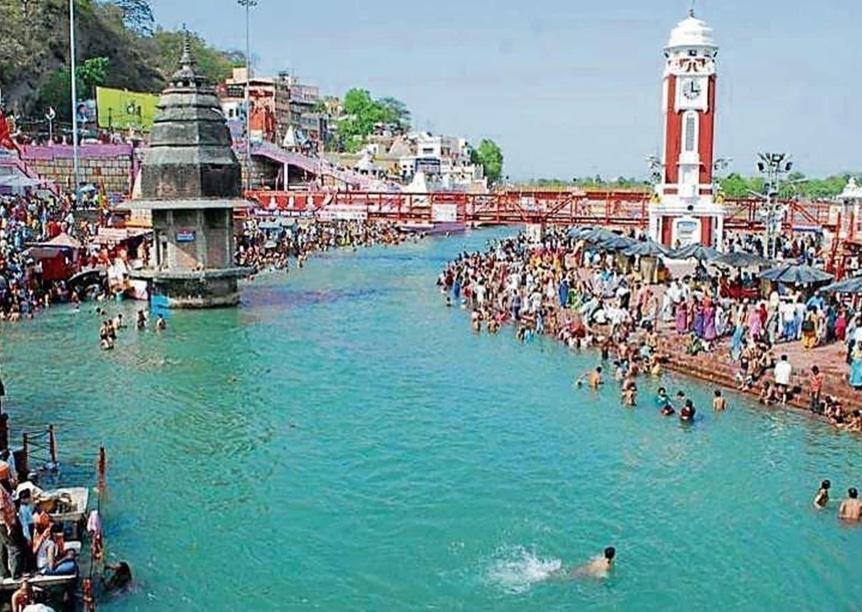
The Ganga’s Crisis
Stretching over 2,500 kilometres, the Ganga flows through five states and supports more than 400 million people. Yet she is one of the most polluted rivers in the world. Industrial waste, untreated sewage, plastic, and religious offerings wrapped in non-biodegradable materials have contaminated sections of the river, rendering it a toxic drain. Despite massive government initiatives like the Namami Gange program, results have often lagged behind expectations. The reason? Bureaucratic red tape, fragmented accountability, and a lack of grassroots innovation. But where systems struggle, startups often thrive. And they are doing so with intelligence, grit, and heart.
1.
HelpUsGreen: Turning Temple Waste into Wealth
Based in Kanpur, HelpUsGreen is collecting tons of floral waste from temples and converting it into organic incense sticks, compost, and biodegradable products. Rather than letting pesticide-laden flowers rot in the river, they are transformed into eco-friendly products through a process the founders call flower cycling. Over 11,000kg of waste is diverted from the Ganga daily, and employment opportunities are created for rural women. This is innovation rooted in reverence.
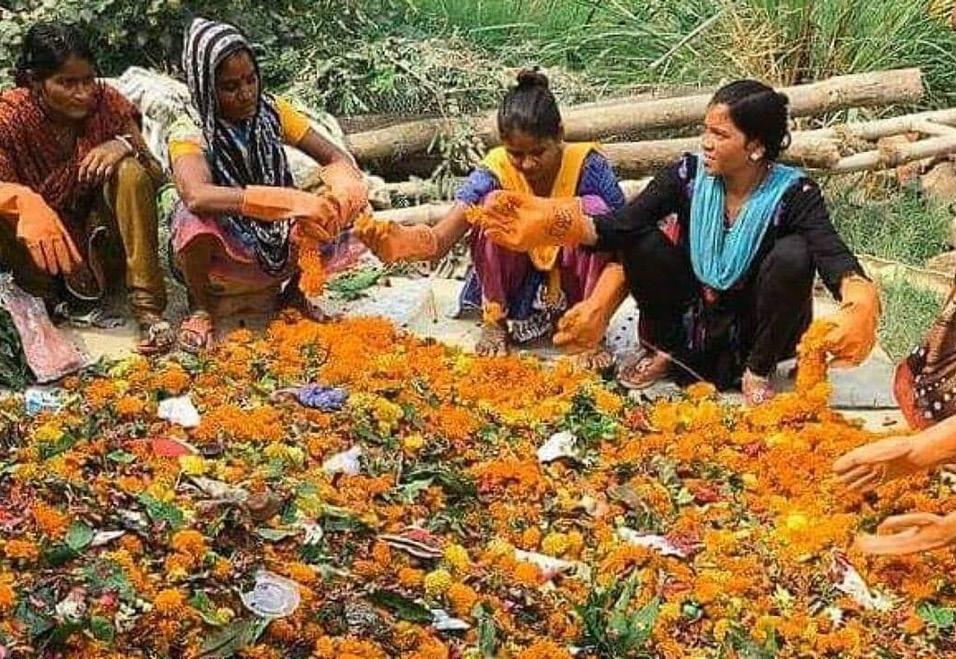
Enter The Startups: Young Minds, Ancient Cause

2. JalTara: Water Purification Meets AI
Using AI and IoT, JalTara monitors water quality in real time and alerts local authorities about pollutant spikes. It places solar-powered water purifiers at key ghats, ensuring pilgrims and locals alike access to clean, drinkable water. Their system also uses blockchain for data transparency, because sacred duties require sacred accountability.
3. Ganga Rejuvenation Lab: Youth, Data and Action
An initiative by a group of IITians, this startup focuses on data-driven river restoration. Their tech stack includes drones, satellite imaging, and machine learning algorithms to map pollutant sources and recommend actionable interventions. They work in partnership with local municipalities, offering them not just problems, but solutions.
Why This Matters: A River’s Soul and A Nation’s Future
Cleaning the Ganga is not just an ecological imperative. It’s a cultural resurrection. When startups enter their space, they challenge the myth that faith and science must be at odds. These efforts are living proof that dharma and data can walk hand in hand.

This new wave of startups brings:
• Scalability: Their models are lean, adaptable, and replicable across other rivers and cities
• Sustainability: Most are built around circular economies and low-carbon footprints
• Community Engagement: Unlike top-down policies, these are grassroots-driven, involving local communities, volunteers, and youth.
The Way Forward
The need of the hour is a collaboration. Government agencies, corporations, nonprofits, and spiritual institutions must rally behind these entrepreneurs. The solution is not just about smart sensors or waste collection; it’s about nurturing a national mindset shift.
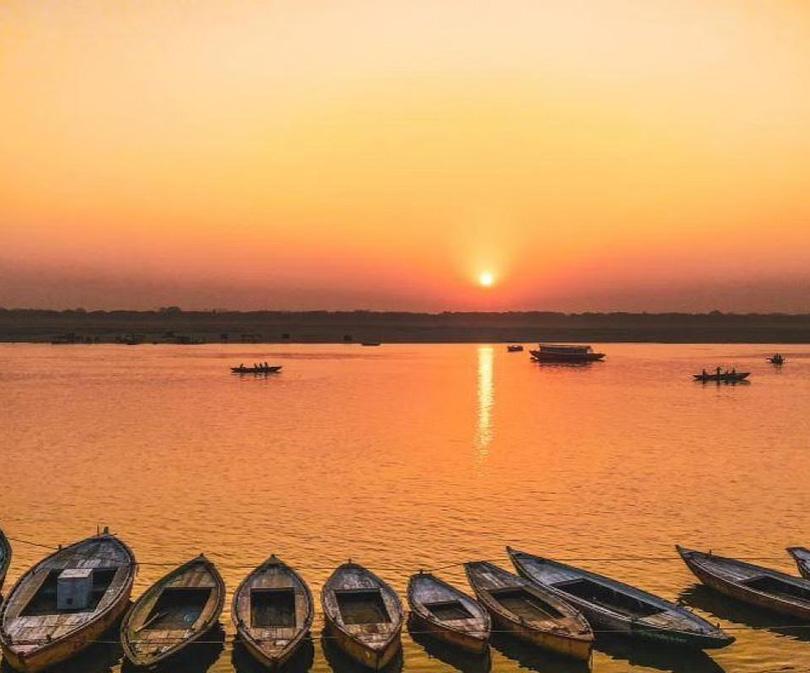




Pune After Dark:

Where the City Truly Comes Alive
Pune’s nightlife in 2025 is a vibrant mix of energy, culture, and creativity; these six standout venues perfectly capture that spirit. Hashtag Magazine gives you a lowdown..

1
Ballr Pune – Where Glamour Meets High-Energy Beats
Located in the bustling neighbourhood of Kalyani Nagar, Ballr Pune is one of the city’s premier nightlife destinations for those seeking an upscale clubbing experience. This expansive venue impresses with a cutting-edge sound system, vibrant neon lighting, and a spacious dance floor that attracts a chic, fashion-forward crowd.
The sleek, modern interior perfectly complements the high-energy beats spun by local and international DJs. Although the food menu is simple, it offers a curated selection of finger foods and cocktails crafted to keep the energy flowing. Ballr is ideal for party enthusiasts looking to immerse themselves in a lively, glamorous atmosphere, ideal for late-night dancing and socialising.
2




The Barkhana – Rustic Charm with a Contemporary Twist

Situated in Wakad, The Barkhana strikes a delightful balance between rustic warmth and modern nightlife appeal. With wooden interiors, exposed brick walls, and ambient lighting, it creates a welcoming and trendy vibe.
The venue offers indoor seating and an open-air section, catering to different moods and occasions. Its diverse menu features North Indian, Chinese, and Continental dishes, with standout items like Dal Makhni Nachos and Olive u Kombdi. In addition to the food, The Barkhana is known for its live music performances and large-screen sports broadcasts, making it a favourite for food lovers and sports enthusiasts alike. It's the perfect spot to unwind with friends, enjoy hearty meals, and soak up vibrant entertainment.
3 Idiots
Located in Pimple Gurav, 3 Idiots –The Friendly Bar lives up to its name, offering a warm, unpretentious setting ideal for casual nights out. The space provides a choice between cosy indoor seating and a breezy terrace, allowing guests to enjoy either ambience.
The extensive menu blends North Indian, Mughlai, Continental, and Chinese cuisines, all served in generous portions with bold flavours. What makes this bar a local favourite is not only the budget-friendly pricing but also the welcoming service and relaxed atmosphere, perfect for easy conversation and long, laughter-filled evenings. Whether you're celebrating a small occasion or just looking for a low-key outing, this bar delivers comfort and great food in equal measure.
Filament Bar

– A Bohemian Retreat in the Heart of Baner 4
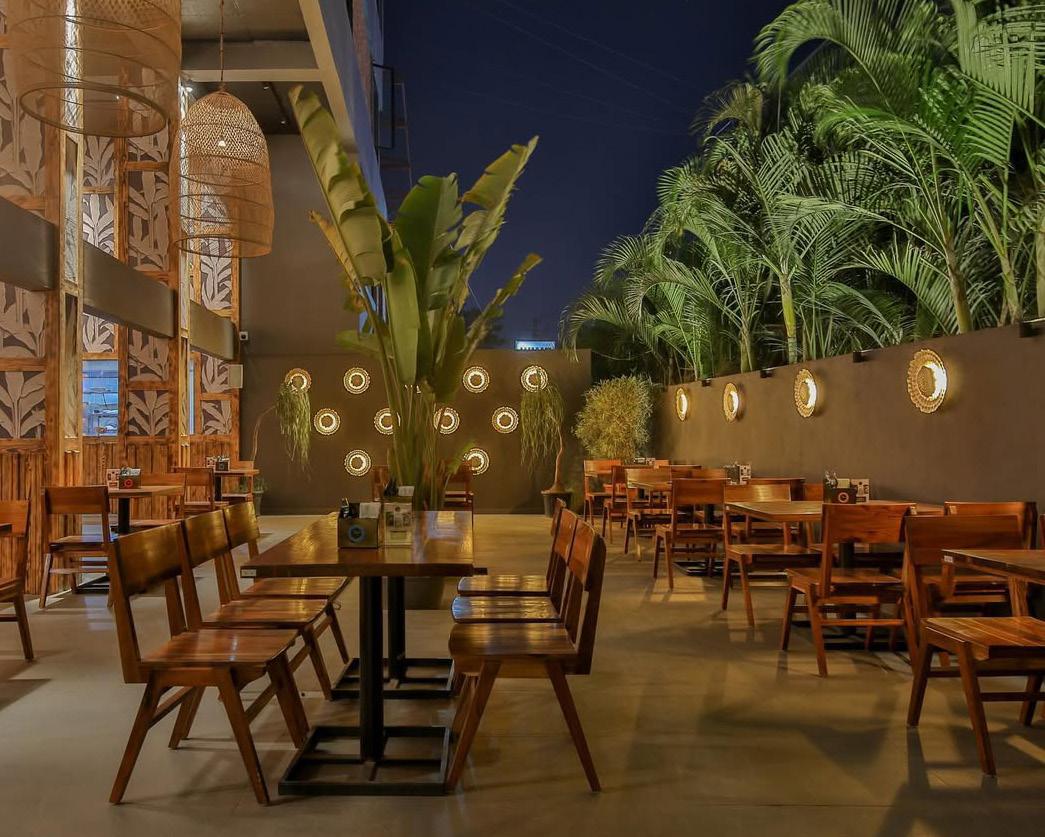
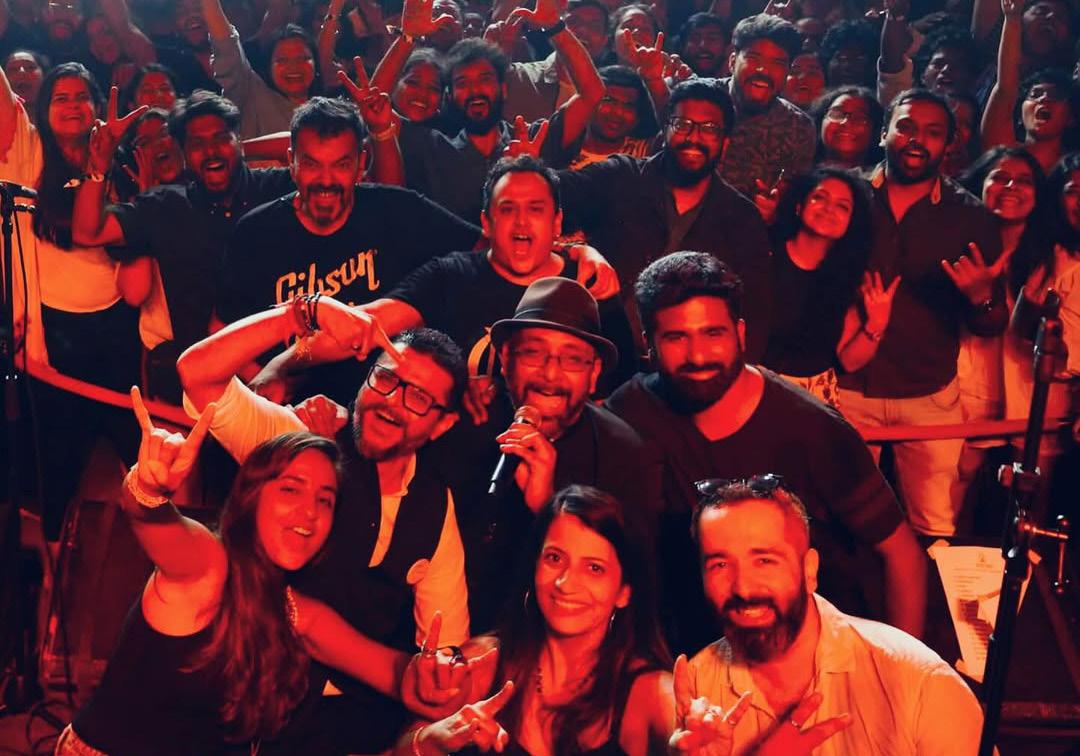

Filament Bar in Baner is a hidden gem for those who appreciate artistic vibes and intimate settings. With warm filament bulbs and rustic décor, its bohemianinspired interior creates a cosy atmosphere ideal for meaningful conversations and laid-back evenings. The menu is globally inspired, offering delights such as Burmese Khow Suey, Korean noodles, and other Asian-fusion dishes. A range of creative, signature cocktails complement the food. What sets Filament apart is its dedication to live music—soulful performances regularly fill the space with an electric yet soothing energy. This bar is perfect for those who value atmosphere, great food, and music that moves the soul.
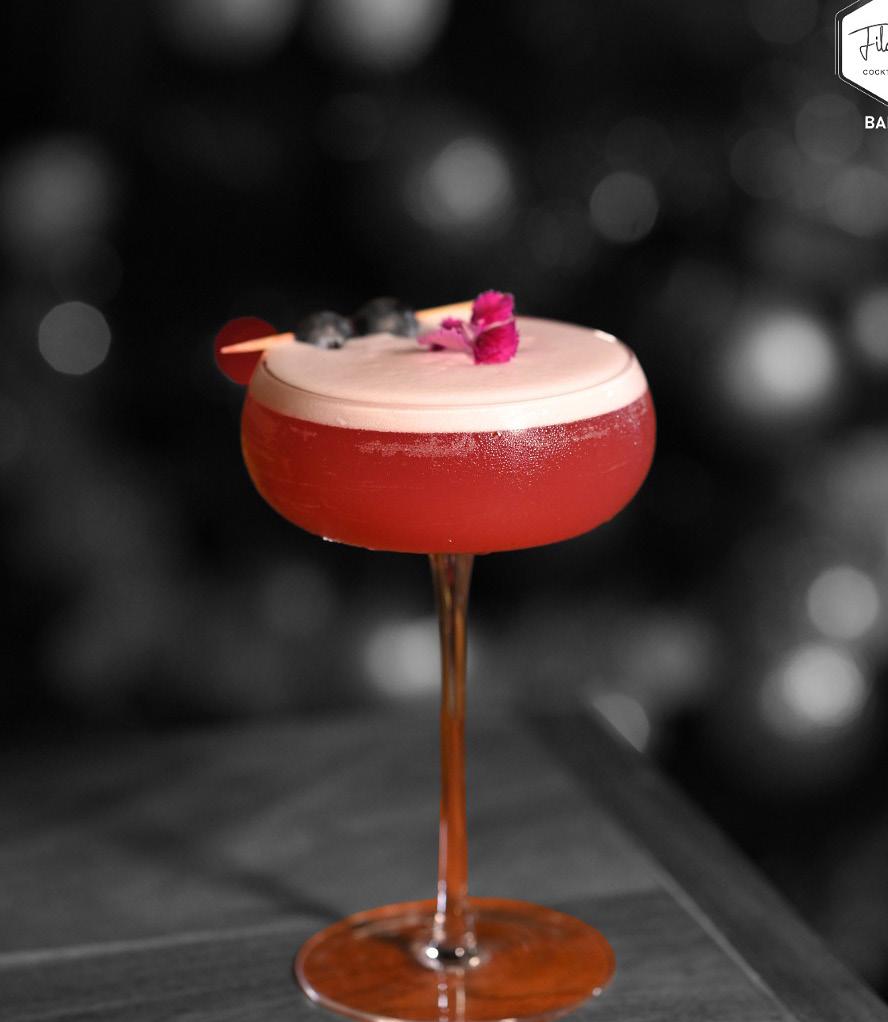
With outlets in Aundh and Kharadi, Fly High is renowned for its energetic atmosphere and vibrant décor. The interiors are splashed with colourful lighting and modern design elements, creating an upbeat setting ideal for dancing and socialising.
The venue regularly hosts live DJ sets and dance performances, further enhancing its party credentials. The menu caters to varied palates, featuring popular Chinese, North Indian, and Continental dishes, along with crowd-pleasing cocktails such as the Kamikaze. Bar snacks like loaded nachos pair perfectly with the drink list. Fly High is a go-to for young professionals and partygoers looking for a dynamic, high-spirited night out.

I Amsterdam – European Charm in the Heart of Hinjewadi
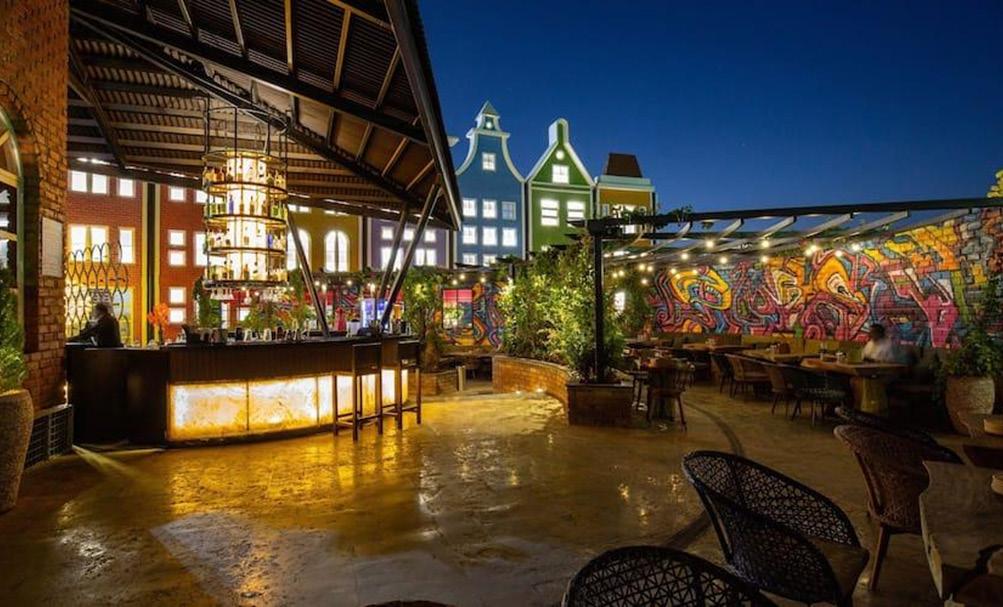
Located in the tech hub of Hinjewadi, I Amsterdam offers a unique and immersive nightlife experience. Inspired by Amsterdam’s iconic colourful architecture, the venue features seven distinct seating zones, from stylish indoor corners to relaxed outdoor patios. Its eclectic menu brings together modern Indian, Asian, and European cuisines, with dishes like chicken skewers and Koyela chicken meals earning rave reviews. The drinks menu is equally diverse, offering creative cocktails and a range of craft beverages. With its blend of international flair and a relaxed, upscale atmosphere, I Amsterdam is perfect for those looking to break away from the ordinary and enjoy a sophisticated night out.

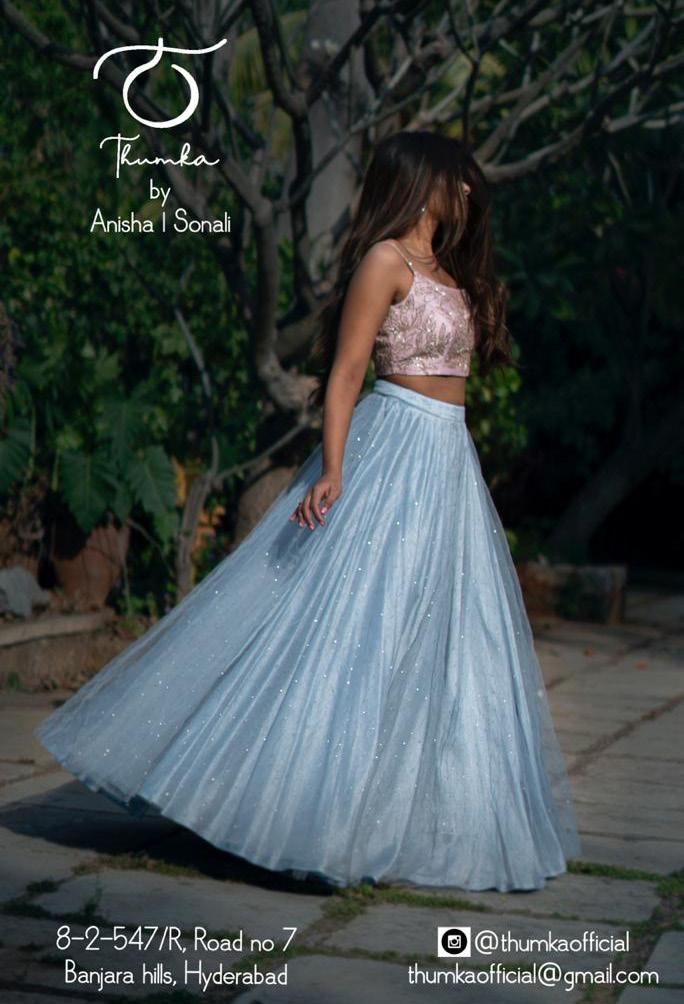

VIPASSANA MEDITATION:
THE PATH TO INNER CLARITY AND PEACE

In today’s fast-paced, hyper-connected world, true silence and stillness have become rare luxuries. But centuries ago, a powerful method of self-transformation was discovered — one that involves no rituals, no chanting, and no belief systems. This is Vipassana, one of the most ancient meditation techniques in India, rediscovered and popularised by S.N. Goenka. It is not just a practice but a deep mental training designed to purify the mind and reveal the nature of reality. Hashtag Magazine gives you a lowdown...
What is Vipassana?
Vipassana means “to see things as they really are.”
It is a form of insight meditation that involves observing your thoughts, bodily sensations, and breath, without reaction or judgment. Practitioners learn to watch their inner experiences with equanimity, breaking the automatic cycle of craving and aversion that leads to suffering.
Vipassana is traditionally taught in 10-day silent residential courses, offered in centres worldwide, free of charge.
Core Principles of Vipassana
• Anicca (Impermanence): Everything is constantly changing.
• Dukkha (Suffering): Clinging to impermanent things causes suffering.
• Anatta (Non-self): There is no permanent "I" or ego.
By deeply observing these truths within one’s own body and mind, one begins to detach from emotional reactivity and experience lasting peace.

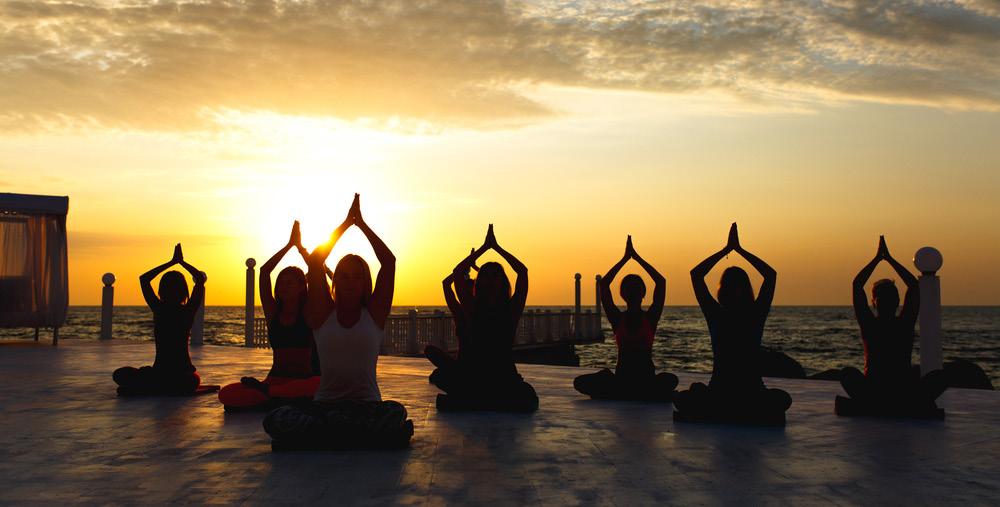

Benefits of Vipassana Meditation
Clarity & Focus
Vipassana sharpens awareness and reduces mental noise, allowing practitioners to stay focused and present.
Balance
Regular practice helps you respond to challenges calmly rather than react impulsively. This emotional intelligence benefits relationships and daily decision-making.
By observing sensations instead of resisting them, Vipassana breaks the cycle of stress and fear. Many report deep inner calm after courses.
You develop profound insight into your own patterns — thoughts, habits, and emotions — helping you understand and ultimately transform them.
As the mind becomes more equanimous, you naturally become kinder, more patient, and less judgemental.
Vipassana’s impact on the nervous system often leads to better sleep, improved digestion, and reduced psychosomatic symptoms.
Who Can Practice Vipassana?
Anyone over 18 years of age with a sincere desire to explore themselves deeply. While it requires commitment (10 days of complete silence and meditation for ~10 hours a day), the rewards are life-changing.
How to Get Started
• Apply for a 10-day residential course at any Dhamma Vipassana Centre (in India or worldwide)
• Courses are free of charge, run by donation
• A strict code of conduct and discipline ensures maximum benefit
Final Thought
Vipassana is not a relaxation technique or a quick fix. It is a path of deep inner work, discipline, and insight. But for those willing to walk it, it offers something rare: freedom from within.

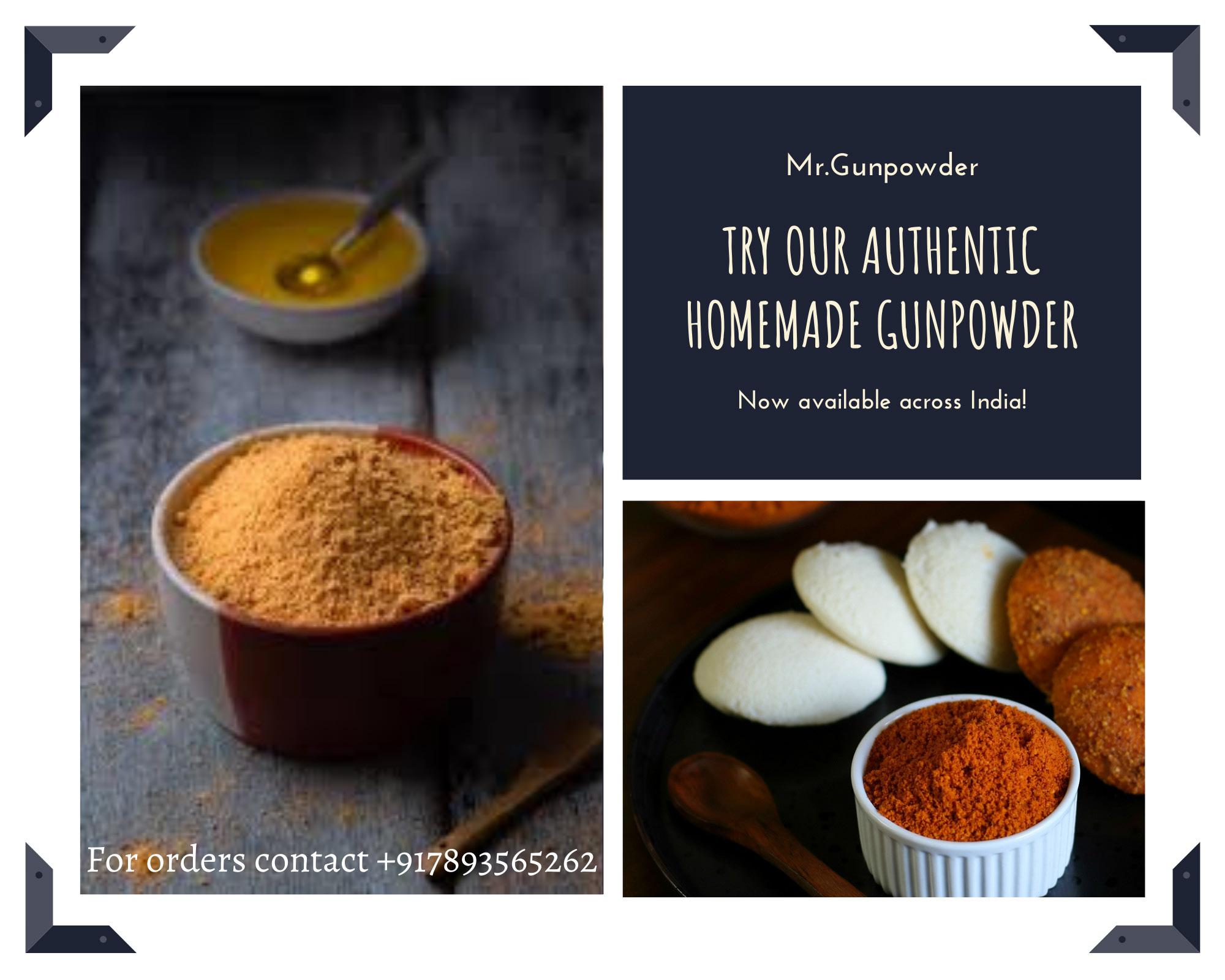
YOGA VS. PILATES:
WHAT WORKS BETTER FOR THE DIGITAL-AGE SPINE?

We live in an era of screens. From remote work to binge-watching, our spines are silently bearing the burden of our digital lives. Neck stiffness, back pain, poor posture, and compressed discs are now common across all age groups. But amidst this modern-day strain, two movement systems
Yoga and Pilates are gaining ground as effective solutions. So, what works best for your digitalage spine? Hashtag magazine gives you an overview…
The Digital Spine Problem
Text neck. Rounded shoulders. Slouched lower back. The prolonged hours we spend hunched over devices disrupt the natural curvature of the spine. This leads to muscle imbalances, reduced flexibility, chronic tension, and even nerve compression over time. What we need today is more than just exercise; we need restorative movement, spinal alignment, and deep core engagement.

What It Does for Your Spine:
• Improves posture through poses like Tadasana, Bhujangasana (cobra), and downward dog
• Increases spinal flexibility and length through stretches and backbends
• Encourages mindful movement and body awareness, helping you notice slouching and misalignment in daily life
• Breathwork (pranayama) and meditation reduce stress, which often causes physical tension in the neck and shoulders
What to Watch Out For:
• Without proper guidance, deep backbends or twists may aggravate pre-existing disc issues
• Some styles (like power yoga) may not focus enough on core strength, which is key to spinal support
What It Does for Your Spine:
• Strengthens the deep core muscles (transversus abdominis, pelvic floor) that stabilise the spine
• Focuses on neutral spine alignment crucial for those who sit for hours
• Builds muscle endurance and control around the lumbar and thoracic spine
• Gentle, low-impact, and highly structured ideal for those with back pain, disc issues, or postural strain
What to Watch Out For:
• May feel repetitive or mechanical for those seeking a mind-body-spirit connection
• Flexibility gains may be slower compared to yoga unless paired with stretching
Yoga: Flexibility Meets Awareness
Pilates: Core-Centric Control
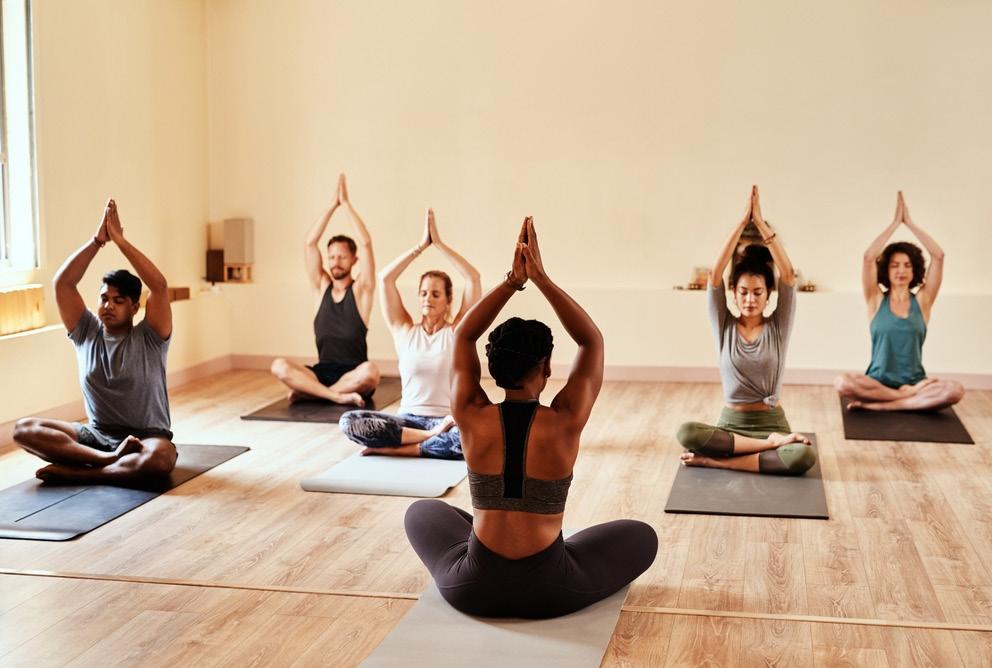

Yoga or Pilates: Which Should You Choose?
Goal
Increase flexibility
Core strength & spine support
Mind-body connection & stress relief
Alignment awareness
Safe for chronic back issues
Improves posture
The Smart Approach for the Digital Spine? Combine Both.
In reality, the best spine-care routine borrows from both practices:
• Start with Pilates to build spinal stability and core strength
• Layer in Yoga to improve flexibility, posture, and mental calm
• Use breathwork and mindfulness from Yoga to reduce tech stress
• Choose gentle mat Pilates and restorative yoga for chronic issues
Final Word
In the digital age, your spine is under more pressure than ever but your body is also more intelligent than you think. Whether you find peace in a yoga flow or power in a Pilates mat class, the key is consistency, awareness, and proper guidance. Your spine will thank you one aligned vertebra at a time.
by style



The Bread Winners: India's Top 8 Global Breads
In the world of bread, India stands out with its dazzling variety—each type is a testament to centuries of culinary tradition. From the rich, buttery layers of parathas to the smoky, charred perfection of naan, these breads have transcended borders, winning hearts and taste buds around the globe.
Recently, eight Indian breads made it to the global list, with some even ranking among the top 30 in the world. Sinduri Vuppala takes you on a journey through these eight breads, exploring their origins and significance...
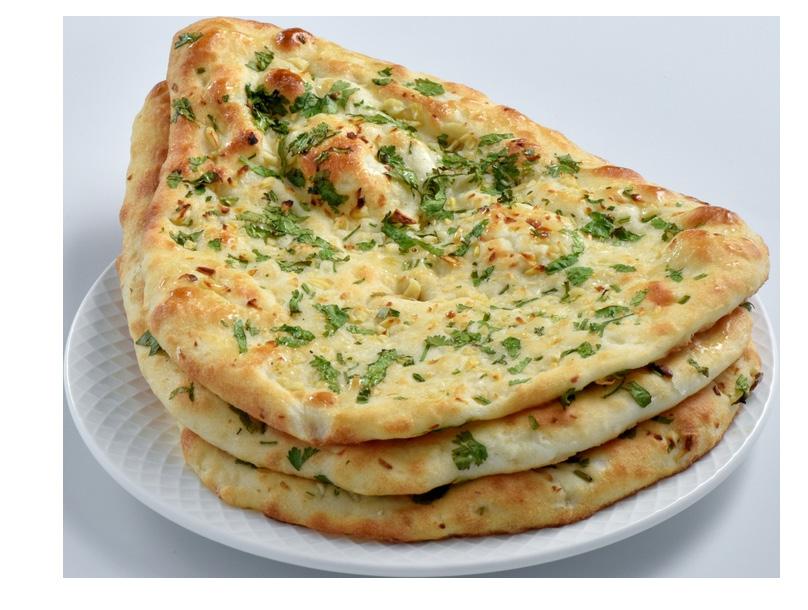

Ranked #3 Globally
History & Significance
Naan traces its origins back to Persia (modernday Iran), and the word itself comes from the Persian word "nan," meaning bread. It travelled to India through the Delhi Sultanate (13th–16th century) and was popularized by the Mughals, who baked it in traditional clay ovens (tandoors).
Butter garlic naan is a modern twist on this ancient bread, flavoured with garlic, butter, and coriander, making it an irresistible favourite. Its pillowy-soft texture and smoky aroma have made it a worldwide sensation, ranking third best in the world.
Pairing
Served best with butter chicken, paneer tikka masala, or dal makhani


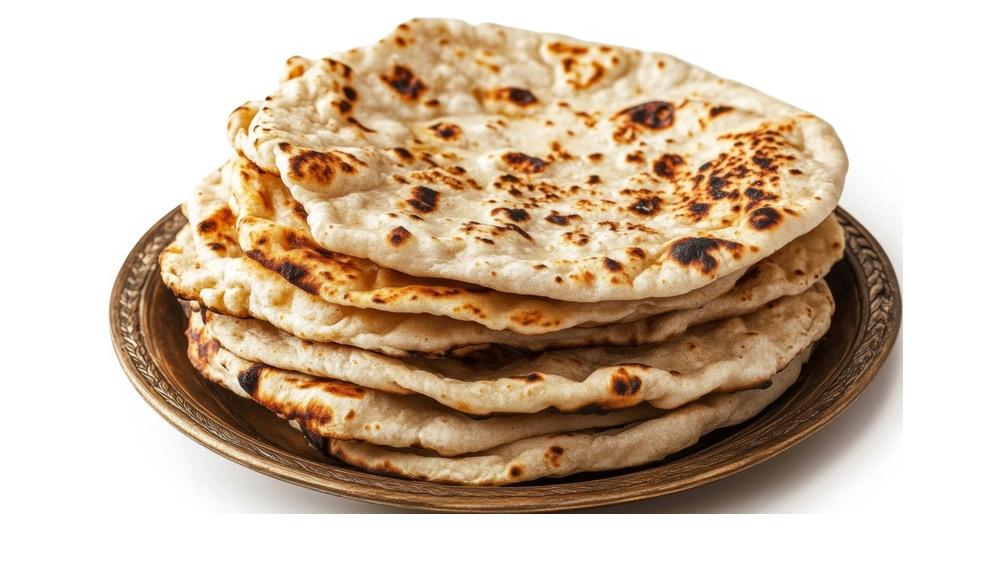
History & Significance
Naan has been a staple in Indian and Middle Eastern cuisine for over 2,500 years. Ancient texts suggest that variations of naan were being made in the Indus Valley Civilization (c. 3300–1300 BCE). The version we know today—leavened with yeast or yogurt—became popular during the Mughal era
Cooked in a tandoor at high temperatures, naan develops a charred exterior while remaining soft inside. Its global appeal lies in its versatility, whether plain, buttered, or stuffed.
Pairing
Pairs beautifully with kebabs, dal tadka, and rich gravies
1. Butter Garlic Naan
2. Naan
Ranked #8 Globally
3. Amritsari Kulcha

Ranked #26 Globally
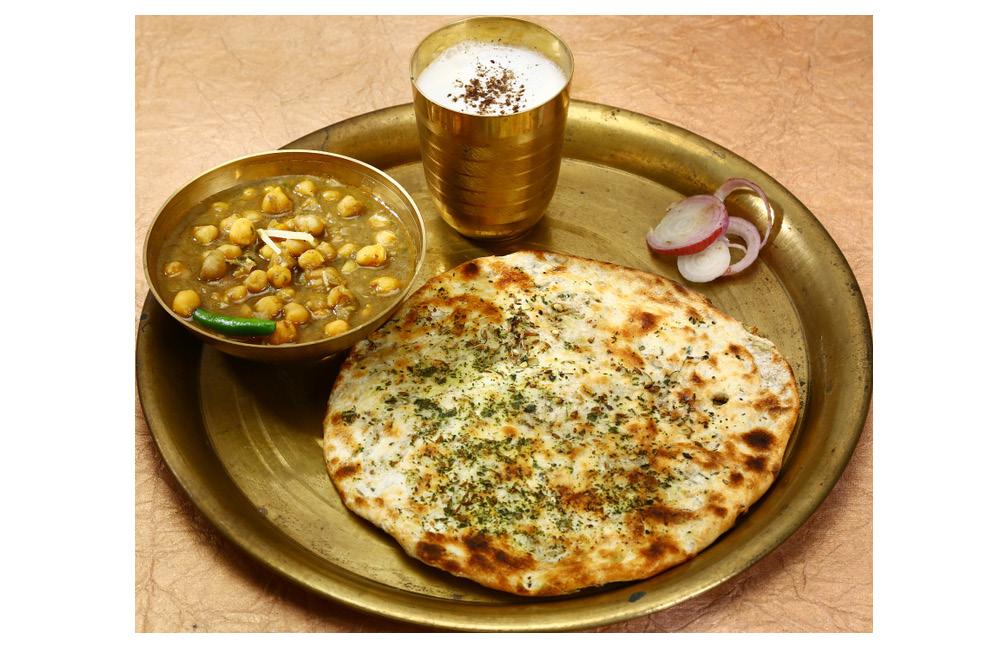
History & Significance
Next, we take off to the bustling streets of Amritsar, Punjab, where the aroma of freshly baked kulchas wafts through the air. The Amritsari kulcha, ranked 26th in the world, is a flavourful flatbread that's a speciality of this region. Made with a mixture of all-purpose flour, yeast, and spices, kulchas are baked in a tandoor, giving them a crispy crust and a soft, fluffy interior.
The kulcha dates back to the Mughal period but found its true home in Amritsar, Punjab Traditionally stuffed with spiced mashed potatoes, onions, or paneer, this bread is baked in a tandoor, giving it a crispy yet fluffy texture. Amritsari kulcha is a festival and street food favourite, served with chole (chickpea curry) and a side of pickles or raita. Its flaky layers and explosion of flavours make it one of India's bestloved breads.
Pairing
Best enjoyed with chole, butter, and pickled onions.

History & Significance
The word paratha comes from the Sanskrit words "parat" (layers) and "atta" (flour), meaning layered bread. This bread has been a staple in North Indian and Punjabi households for centuries, gaining popularity during the Mughal period.
Made by folding dough multiple times with ghee, it develops a crispy, flaky texture. It can be eaten plain or stuffed with a variety of fillings like potatoes, paneer, cauliflower, or even spiced meats
Pairing
Enjoy with yogurt, butter, or spicy pickles
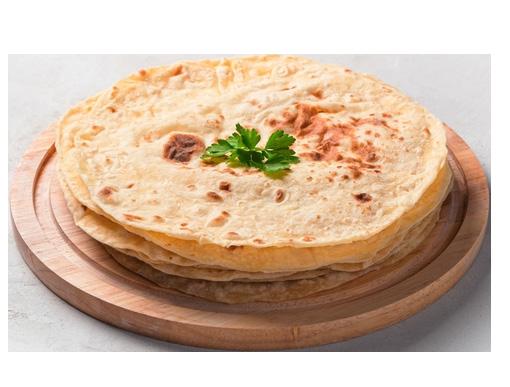

History & Significance
Ranked 27th in the world, Roti is simple yet flavourful. Archaeological evidence suggests that ancient Indians baked flatbreads made from wheat, barley, and millet flours over 4,000 years ago and dates to the Harappan Civilization. The word "roti" is derived from the Sanskrit word "rotika," meaning "bread." Over time, roti spread throughout the Indian subcontinent, with different regions developing their unique variations.
In North India, roti is often made with whole wheat flour, while in South India, it's made with rice flour. Despite its variations, roti remains a staple in Indian cuisine, often served with a variety of curries, lentils, and vegetables. In many Indian households, roti is made fresh every day, often by hand, using traditional techniques passed down through generations. Roti is nutritious, easy to digest, and a daily staple in most Indian households. It forms the foundation of a balanced meal, eaten with vegetables, lentils, and meats.
Pairing
Served with dal, sabzi, and homemade pickles
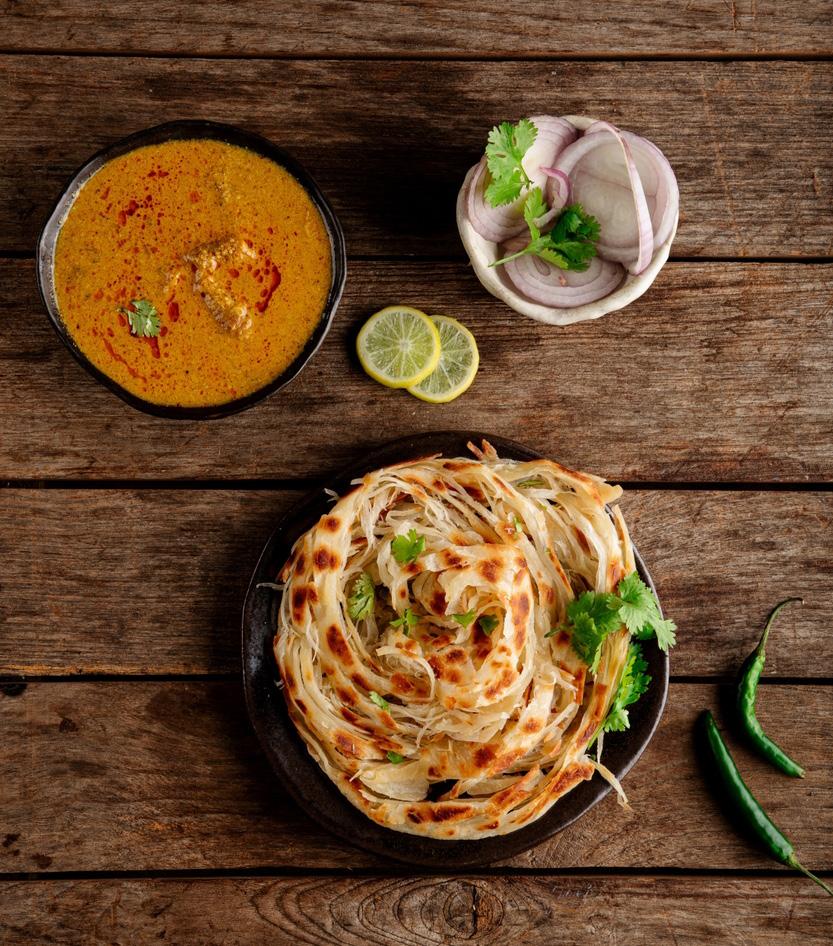
4. Roti
Ranked #27 Globally
5. Paratha
Some of the other top-ranked Indian breads are:
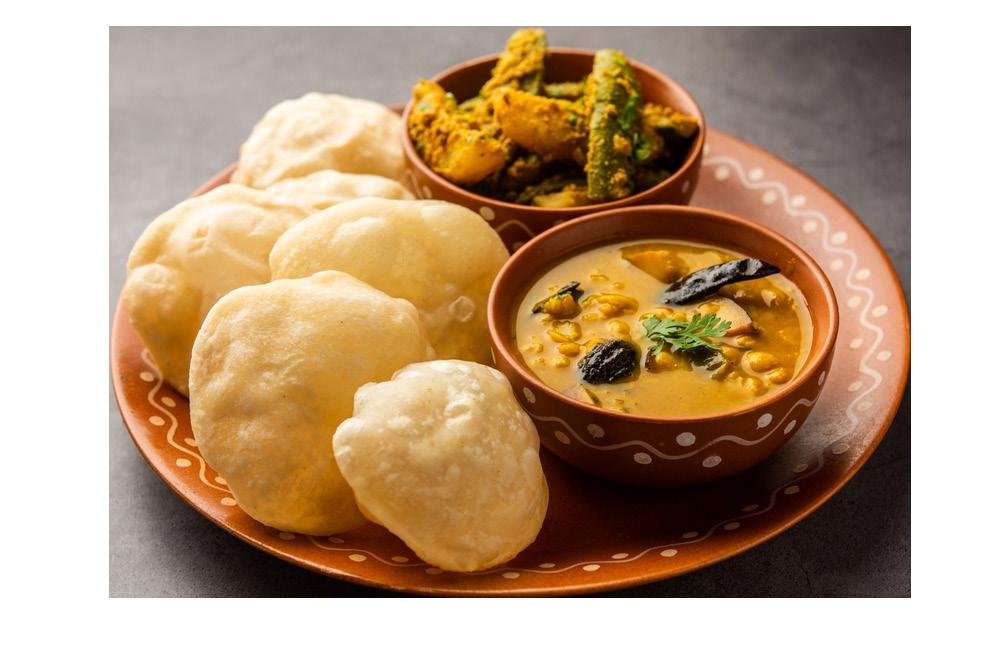
History & Significance
Luchi is a beloved Bengali bread that traces its roots to the royal kitchens of Bengal. It is a traditional Bengali deep-fried bread that holds a special place in the culinary heritage of Eastern India. Unlike puris, which are made with whole wheat flour (atta), luchi is crafted from refined flour (maida), giving it a distinct soft texture and white appearance. It is believed to have been a staple in the royal kitchens of Bengal, eventually making its way into everyday Bengali households. It is particularly associated with festive occasions, religious ceremonies, and grand feasts.
Luchi is an integral part of Bengali cuisine, often served during Durga Puja, weddings, and Sunday brunches. The bread is loved for its versatility, pairing exceptionally well with rich and flavourful dishes such as kosha mangsho (spicy mutton curry), scholar dal (Bengali-style chana dal), and aloo dum
Pairing
Best enjoyed with aloo dum, cholar dal, or kosha mangsho
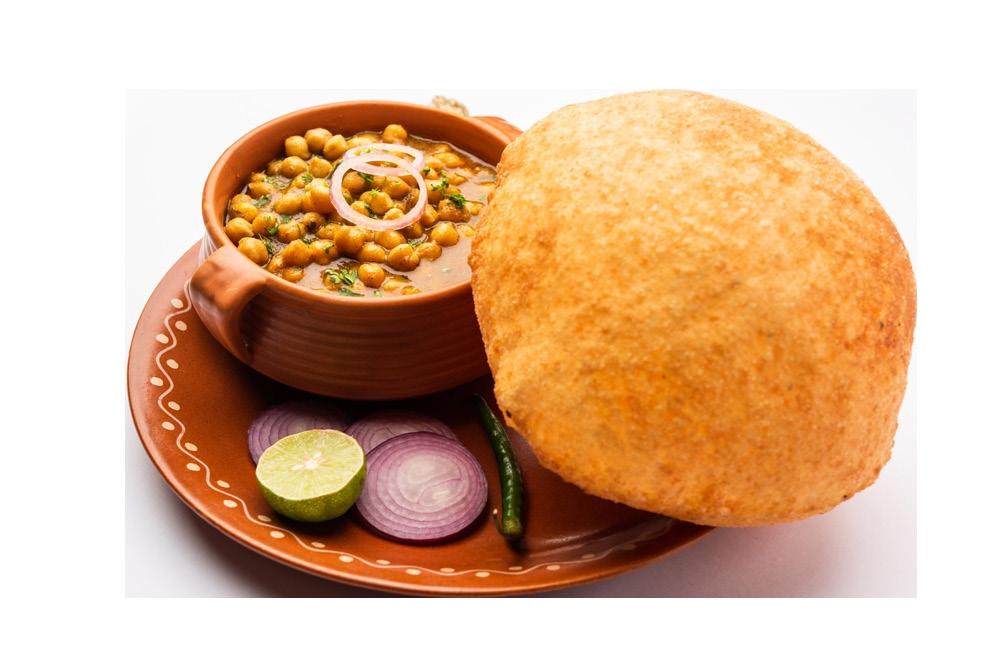
History & Significance
Bhatura, a popular deep-fried bread, originates from the Punjab region of India and Pakistan. It is believed to have been influenced by Persian and Central Asian cuisines. Traditionally made from all-purpose flour, yogurt, oil, salt, and sugar, the dough is left to ferment before being rolled out and fried until golden brown and puffy.
Bhatura is most commonly paired with chole (spicy chickpea curry), making the well-loved dish chole bhature a staple of North Indian cuisine. This dish is popular as a street food and is often served at weddings and special occasions.
Pairing
Perfect with chole (spiced chickpeas) and raw onions.
Puri
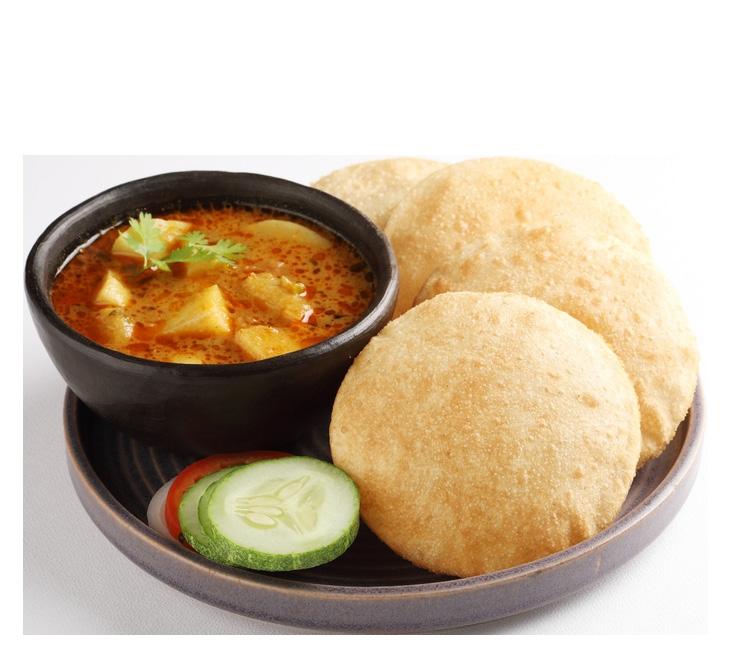
History & Significance
Puri has been a part of Indian cuisine for over 2,000 years, mentioned in ancient Sanskrit texts like the Manasollasa (12th century). Unlike luchi, puri is made with whole wheat flour, making it heartier.
Deep-fried until golden brown, puris puff up beautifully and are an essential part of festivals, weddings, and temple offerings. Puri is a traditional offering in Hindu temples, particularly in Jagannath Puri (Odisha), where it is served as Mahaprasad along with dal and sabzi.
Pairing
Traditionally eaten with aloo sabzi, chana masala, or suji halwa
Thepla
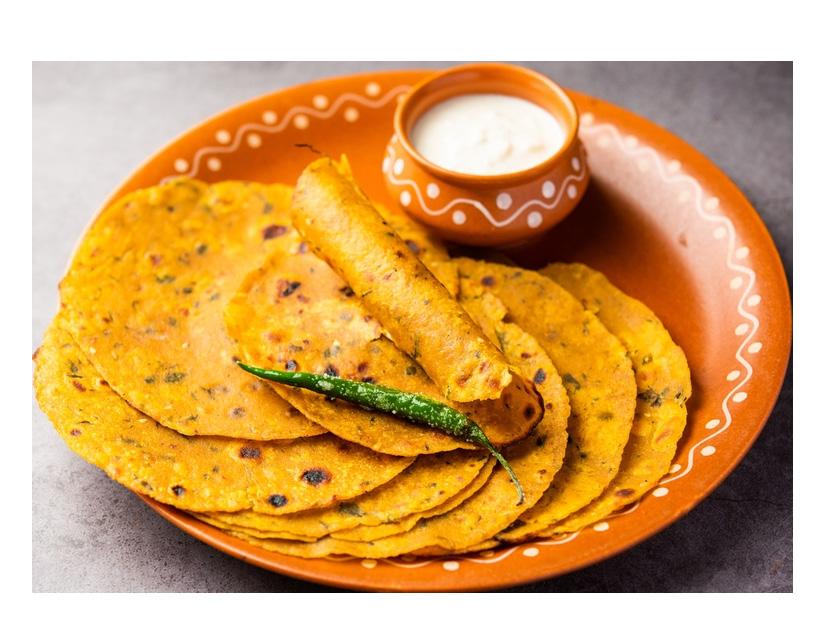
History & Significance
Thepla is believed to have originated in Gujarat, particularly in the Saurashtra region. The word "thepla" is derived from the Gujarati word "theplu," which means "flatbread." Thepla has been a staple in Gujarati cuisine for centuries, and its history dates back to ancient times when Gujarat was a major trading hub.
During the medieval period, Gujarat was a major centre for trade and commerce, and merchants and travellers from all over the world would visit the state. Thepla was a staple food for these travellers, as it was easy to make, nutritious, and could be stored for several days.
Pairing
Perfect with a variety of vegetables, lentils, and pickles.
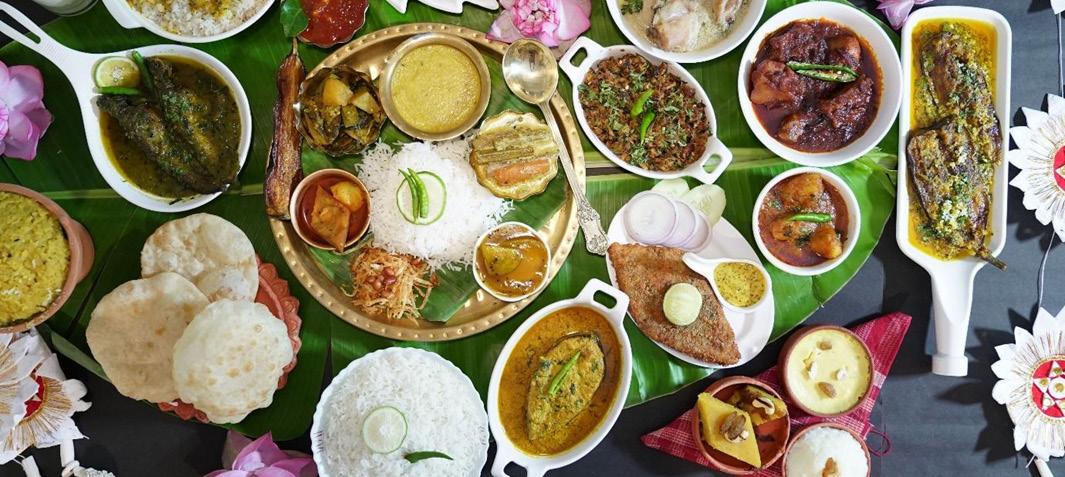
THE MOST POPULAR FOODS IN KOLKATA
Kolkata isn’t just a city, it’s a feeling. A place where time moves slowly through the mist of nostalgia, where conversations brew over clay cups of tea, and where every street corner hums with the scent of something delicious. From colonial cafes to humble street stalls, Kolkata serves up a feast of flavours rooted in tradition, yet ever evolving. If you want to taste the true essence of the city. Dhanush Kumar writes about the most popular foods in Kolkata that no visit or memory should be without.
KATHI ROLLS
Born in the heart of Kolkata at Nizam’s in the early 20th century, the Kathi roll is the city’s gift to fast food lovers. Think flaky, golden paratha wrapped around juicy skewered kebabs, onions, and a tangy sauce, rolled into a perfect handheld meal. Today, it’s everywhere, from upscale eateries to street carts in Park Street, and remains a lunchtime favourite for Gen Z college goers and office crowds alike.
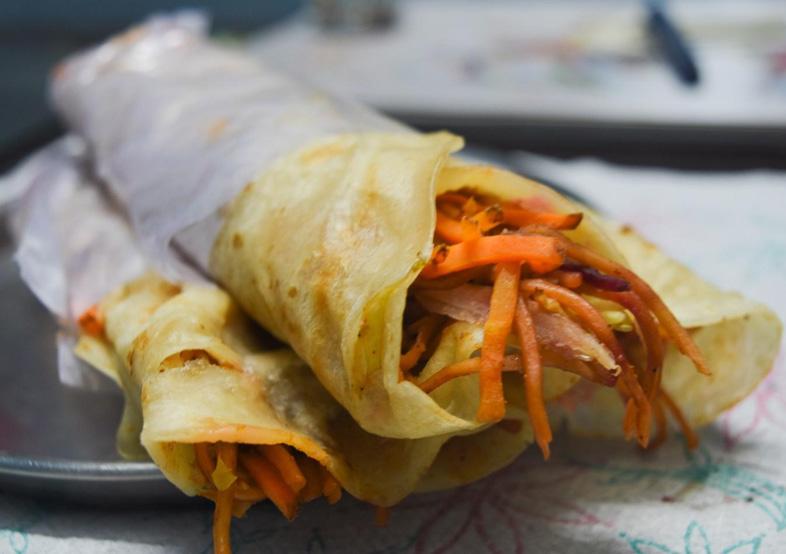
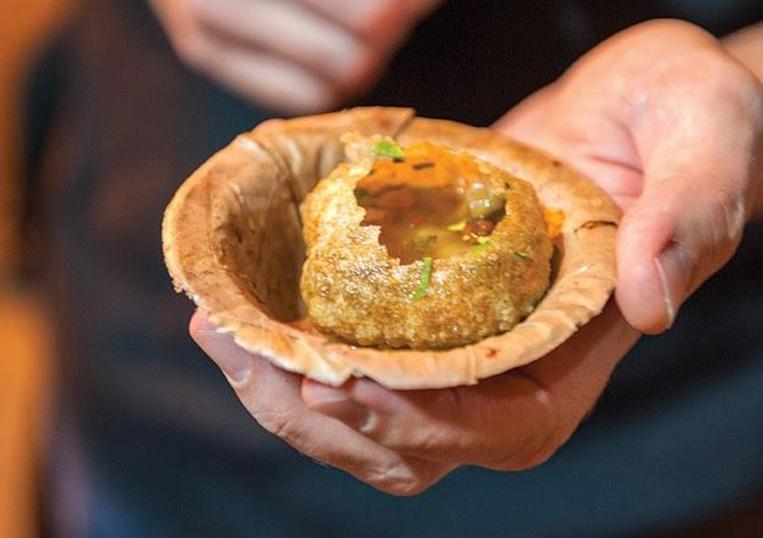


PHUCHKA
Delhi may claim the golgappa and Mumbai the pani puri, but Phuchka reigns supreme in Kolkata. Crisp semolina shells are filled with spicy mashed potatoes and dunked into tangy tamarind water with just the right amount of fire. Seek out roadside vendors near Vivekananda Park or Gariahat for a soul-satisfying bite. It’s not just food, it’s a ritual.
SHORSHE LLISH
Come monsoon, and the Bengali heart beats only for Shorshe llish, hilsa fish steeped in a mustard-based gravy, served with steaming rice. The mustard lends its pungency, the hilsa, its delicate richness. No food defines the Bengali monsoon palate better. This dish isn’t fast food. It’s slow, ceremonial, and deeply roasted in heritage.
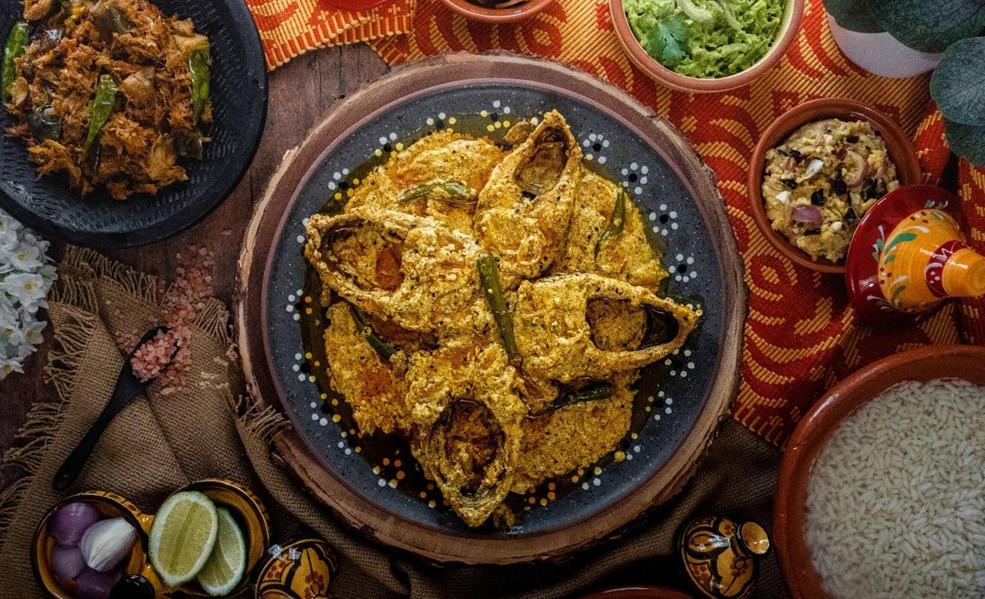
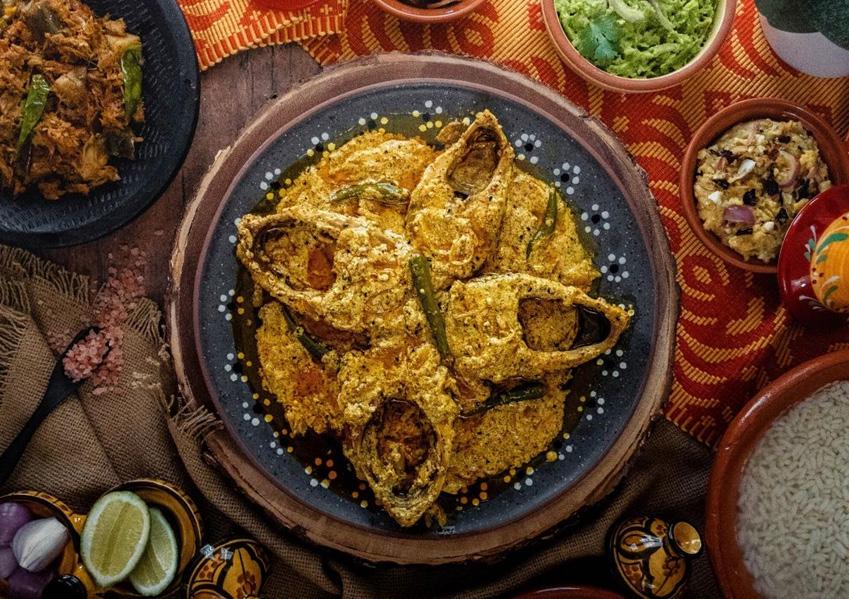
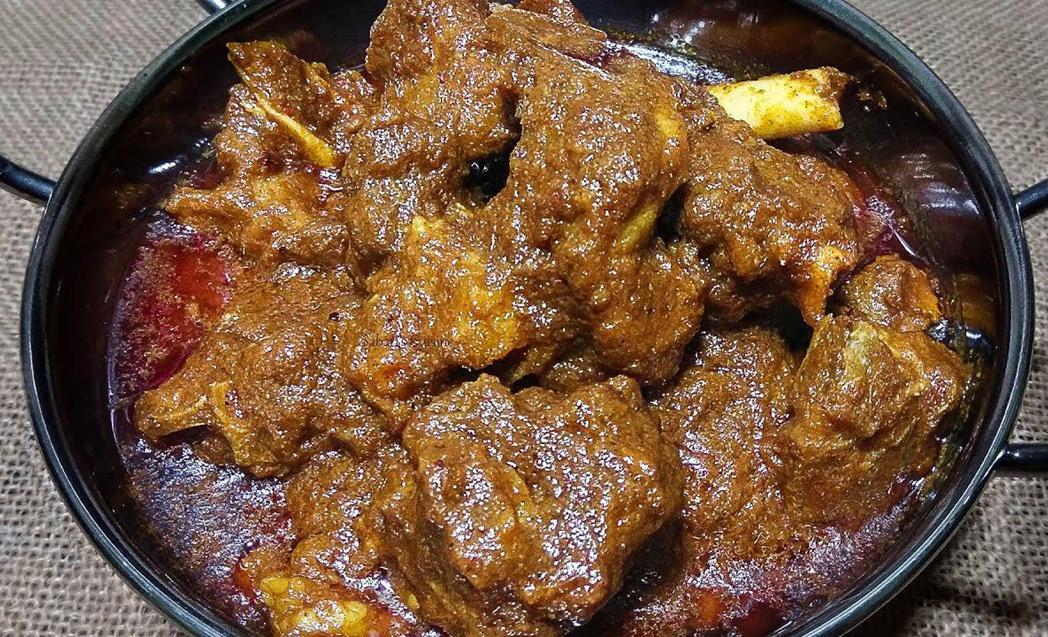
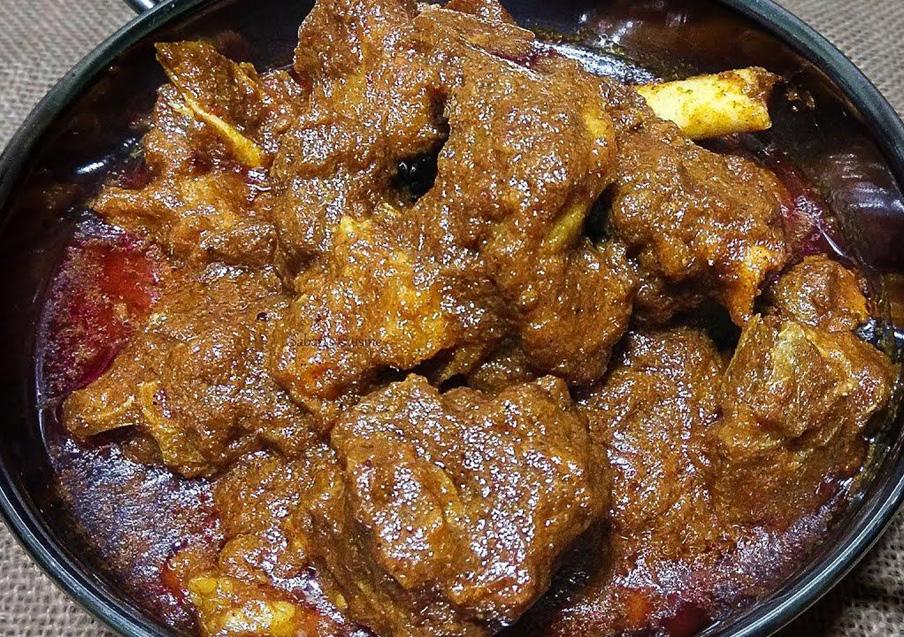
KOSHA MANGSHO
If Kolkata had a love language, it would be Kosha Mangsho. This slow-cooked mutton curry, thick with spices and emotions, is typically a Sunday lunch affair, best had with Luchi or rice. Every Bengali household swears by their own version, but Golbari in Shyambazar has earned cult status. It’s comfort food with a fiery soul.
CHINGRI MALAI CURRY
Velvety and rich, Chingri Malai curry is a creamy prawn dish infused with coconut milk, cardamom, and just a touch of luxury. Traditionally made for special occasions, it graces many a festive menu. It's one for the bucket list, a dish that blends coastal flavours with Kolkata’s regal past.

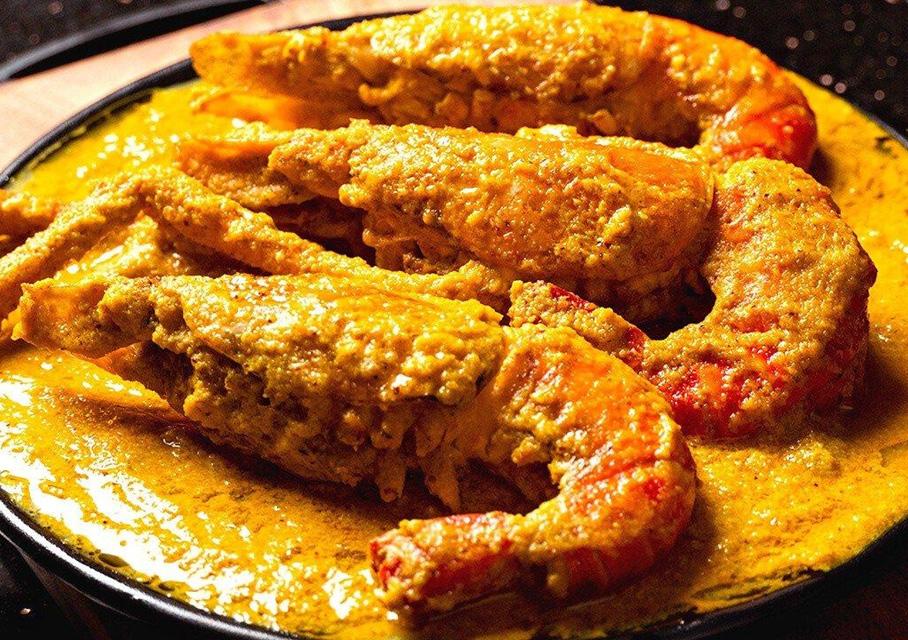
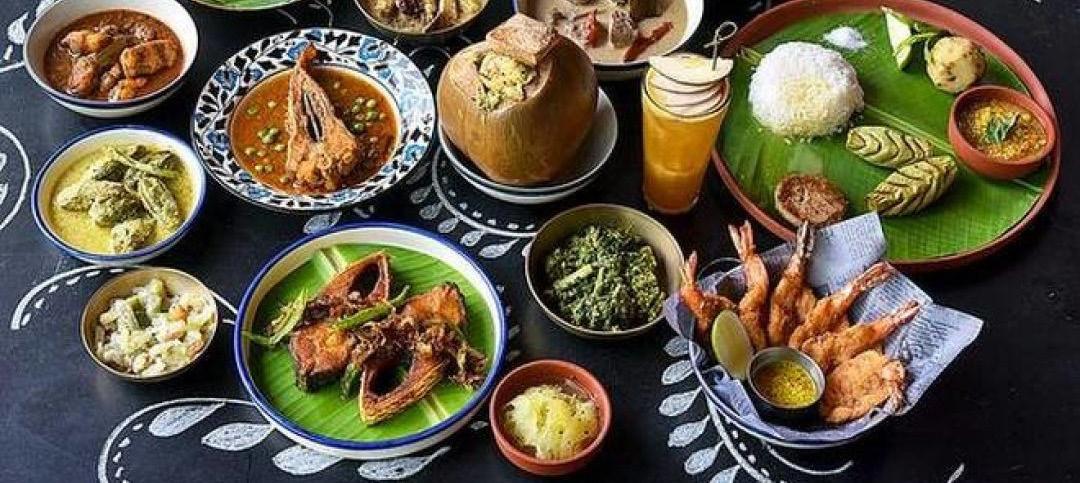
MISHTI DOI AND ROSOGOLLA
Bengalis take their sweets seriously, and Mishti Doi and Rosogolla are two sides of that sugary coin. The caramelized yogurt is traditionally set in earthen pots, while the spongy rosogolla, born in Kolkata, not Odisha, despite the eternal debate, is a syrupy ball of joy. Pair them, or pick one, either way. Dessert in Kolkata is nonnegotiable.
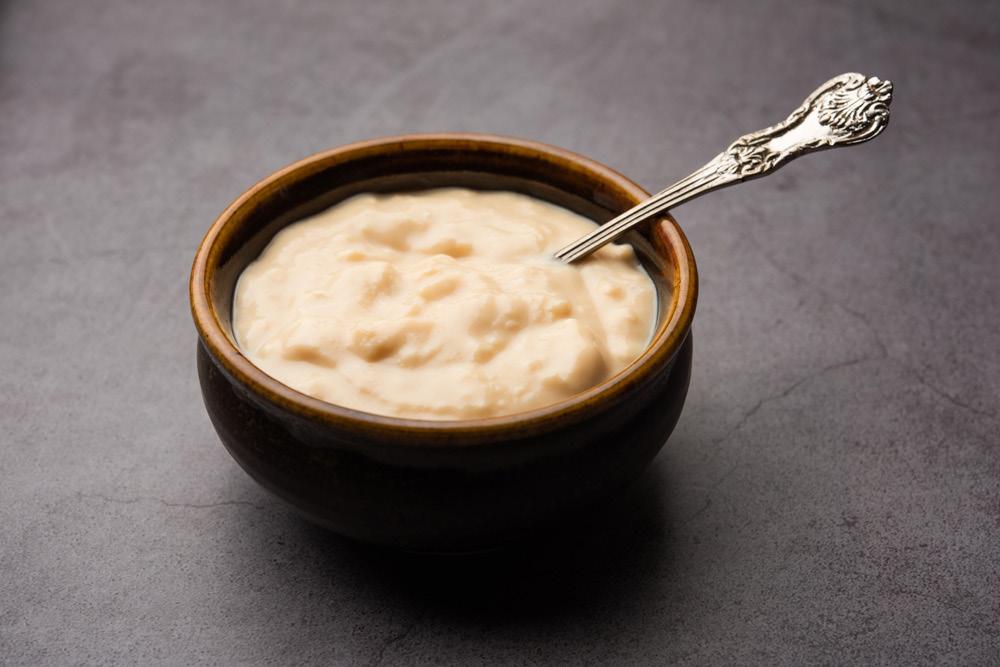
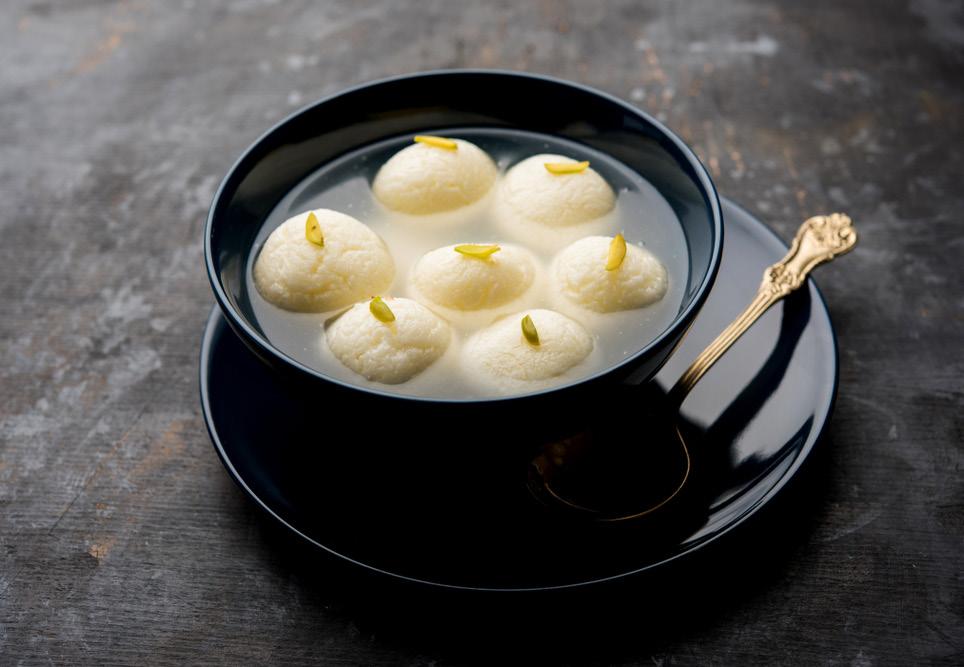
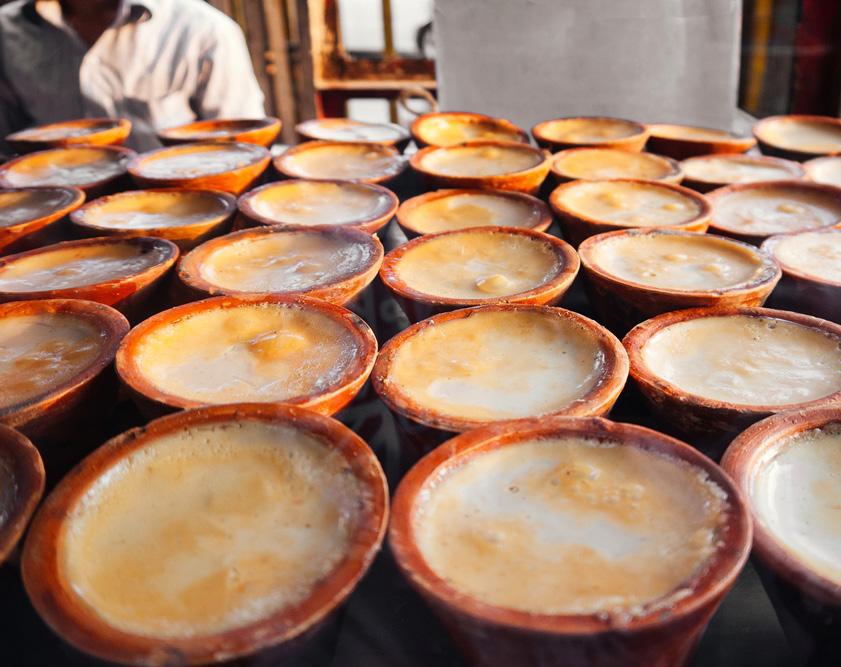
TELEBHAJA
No discussion of Kolkata food is complete without the golden crunch of Telebhaja, deep-fried fritters of eggplant, potato, pumpkin, or green chillies. They are often sold beside a steaming pot of chai, the city’s answer to rainy day blues. Simple, greasy, and deeply satisfying.


Exploring Queer Delhi Through A RAINBOW LENS
Mehak Walia rounds up all the incredible places and spaces in Delhi, making it an amazing city for its LGBTQIA+ citizens. Let’s look at the capital through a rainbow lens.
On a rain-slicked June evening, a soft hum of laughter rises from a basement café in Shahpur Jat. There’s a rainbow flag draped carelessly over a bookshelf, queer poetry tacked to a corkboard, and two women slow dancing to an old Kishore Kumar tune playing softly in the background. Outside, Delhi surges ahead, a little too loud and fast, just like always.
But in this corner of the city, time slows down. This isn’t just a café. It isn’t just an event or just a space, it’s a sanctuary. A sliver of joy carved out in a city that often forgets to go that extra mile and smile. This is just a taste of queer Delhi. Nope, this isn’t just the one you’ll see on hoardings during Pride or queer fests, but the one that quietly survives, speaks up, resists, and of course, radiates all year round.
We often step away from the real meaning of pride and end up getting lost in the shadows of what it once stood for. Well, let’s travel back to the present and look at Delhi from a rainbow lens to learn more about some of the spectacular places that celebrate the beauty of embracing and celebrating the LGBT+ all through the year.
The Ultimate LGBTQIA+ Guide to Slaying It in Delhi:
Check Out the Eateries that Care:
Milkind:
If you are looking for a small yet spectacular cafe that will not only feed your belly but also warm up your heart and your soul, Milkind has got to be a stop on your list. This incredible cafe in the heart of Greater Kailash offers both open seating and an aesthetic indoor seating. Their coffee and food menu are just awesome. But their mission to establish equality in the world is what makes them so special.
Pro Tip: Try the fabulous croissants and coffee for an unforgettable meal.

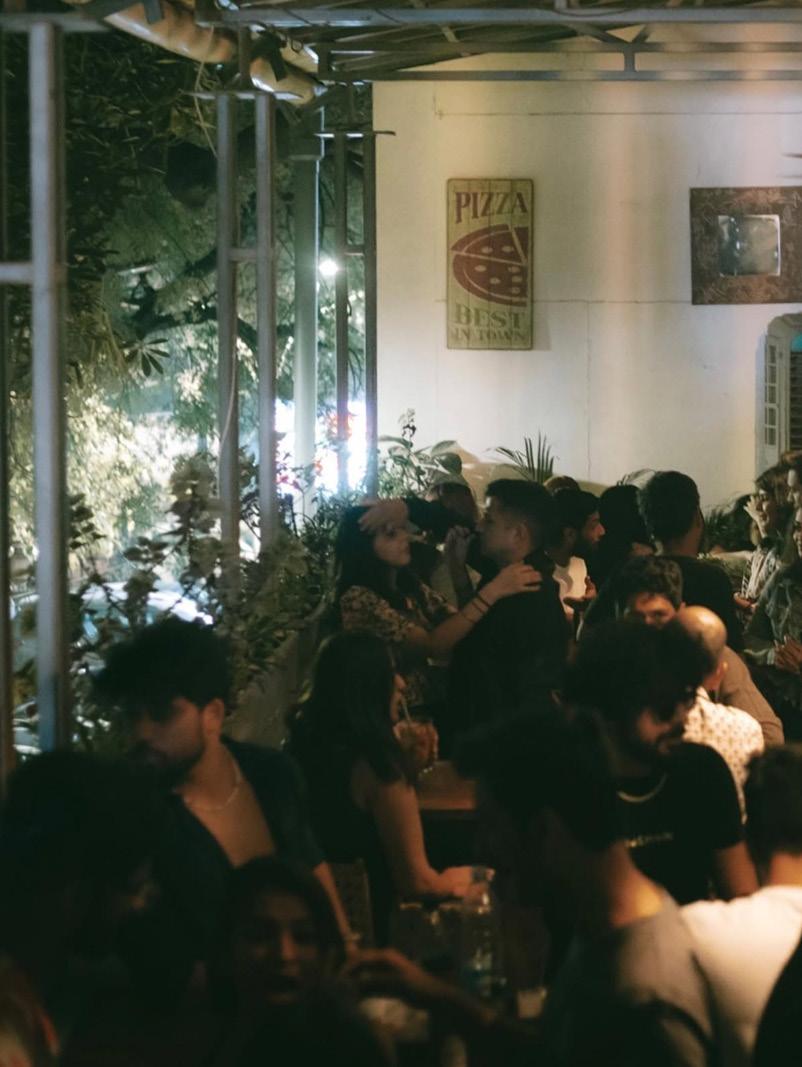
Nestled in the lap of Delhi’s party zone, Hauz Khas, Summer House Cafe is just one of the most charming hot spots in the city. With a gaspworthy and laid-back yet colourful interior, this cafe is all about equality at its very best. They tend to run unique LGBTQ+ galas throughout the year with fun themes and twists. Apart from this, they even host other exclusive events like comedy nights, open mics, karaoke nights, and salsa nights.
Pro Tip: Their pizzas and drinks will always leave you wanting more.
Summer House Cafe:

Diva:
After undoubtedly establishing itself as one of the most incredible Italian eateries in the heart of south Delhi, Diva has grown immensely as a brand and as a beautiful haven for the queer community in Delhi. Founded by none other than chef Ritu Dalmia, the queer-owned business also has a café with al fresco seating at The Italian Cultural Centre and Latitude 28, in partnership with Good Earth, at Khan Market. .
Pro Tip: Fresh takes on Italian classics with marvellous Italian wines will leave you craving.
Depot 48:
If you are looking for an allrounder place that will not only make your mouth water but also leave your soul feeling thoroughly fulfilled, you cannot leave Depot 48 out of your plans. This fabulous LGBTQIA+ haven not only hosts events for the community but also helps us celebrate Pride every day of the year. You must go in on Pink Thursdays for a fun experience that will warm your heart. They also have other fun events scheduled throughout the week.
Pro Tip: If you’re stepping out with friends, you must chill out with their platters and drinks!

Grab a Slice of Queer History:

Throughout history, the Central Park in Connaught Place has played quite a role in helping the queer community establish their presence. It also housed India’s first media-covered public demonstration, which was led by queer activists from AIDS Bhedbhav Virodhi Andolan (ABVA), in the 1990s. We still see some LGBTQIA+ walks, gatherings, and events in this iconic park.
Tolstoy Marg to Jantar Mantar:
If you have ever been fortunate enough to walk in one of the biggest pride parades in the country, i.e., Delhi’s Annual Pride March, then you must recognise this route. It turns a beautiful rainbow every year, helping the community display and celebrate queerness at its best. You can walk this route to pay your respects to one of the most iconic Indian queer movements.
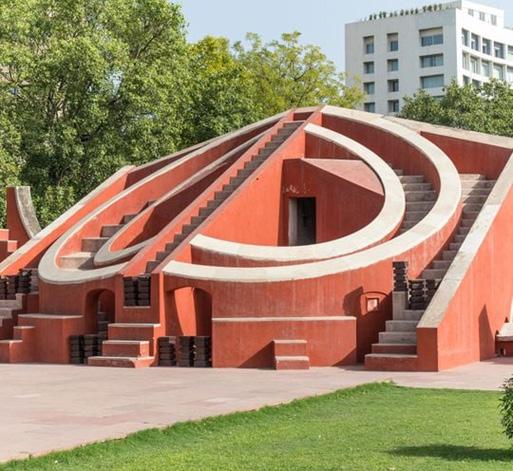
Mehrauli Archeological Park:
One of the most unexpectedly fierce stories in queer history was of the iconic poet ‘Jamali’ and his partner ‘Kamali’. This is their final resting place. It celebrates the power of queerness at its best. This garden stands near the tomb complex, and has historically seen some significant queer gatherings in 1990’s. These were known as the Jamali Kamali Meetings.
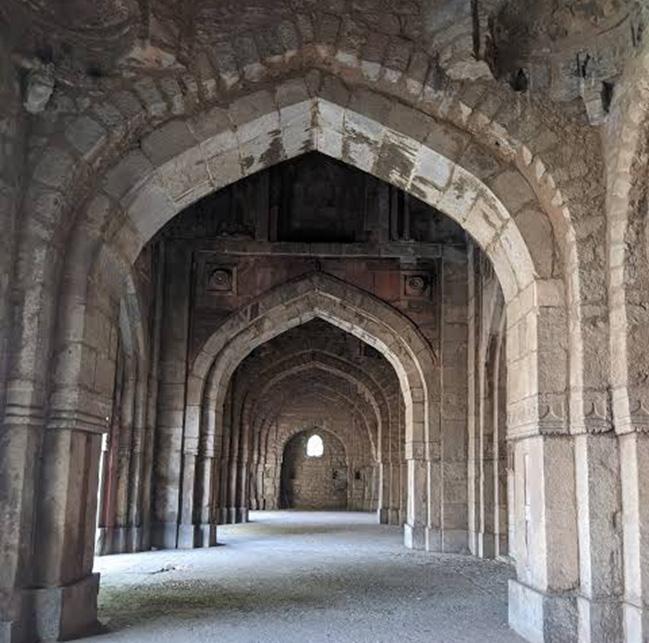
Max Mueller Bhavan:
Now home to the Goethe Institute, this place has beautiful historic relevance for the queer community. After all, the first recorded international queer film festival in India was organised here, by ‘Friends of Siddharth’. This place still celebrates this major move towards celebrating pride in the 1990s. They still host some inclusive events and screenings.
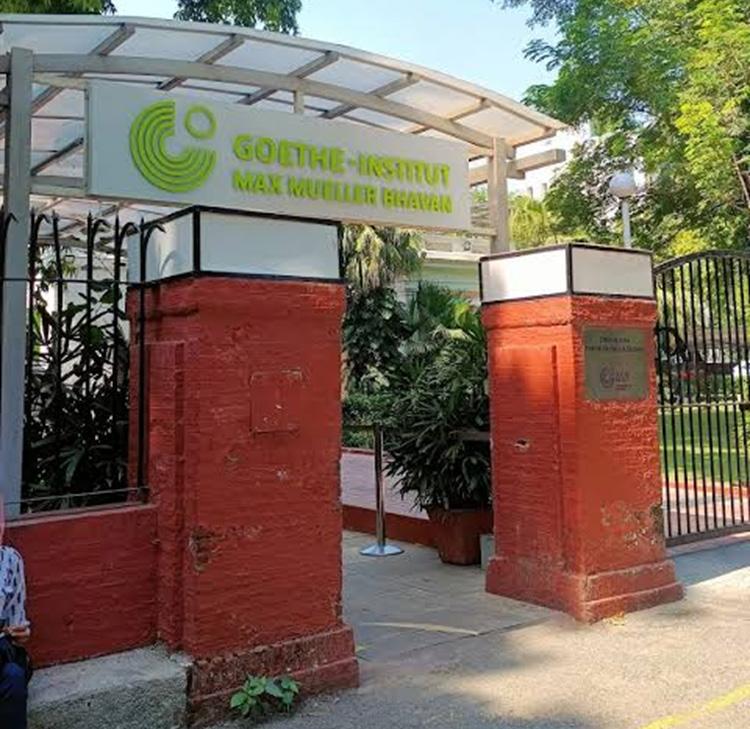
Drag Events: The NAZ Foundation’s Workshops:
If you are a big fan of partying out and enjoying Drag, then you better not miss out on some of the most incredible nights that take place in the city. Depot 48 always goes above and beyond to make the LGBTQIA+ community feel represented, and their drag events are proof. Similarly, Kitty Su, Delhi, also hosts some of the most gasp-worthy drag nights. So, check their schedules and mark your calendars for undeniable fun.

If you are looking to meet other members of the community while attending an event that will leave you feeling celebrated, educated, and accepted, you must attend a workshop organised by the iconic NAZ Foundation. From wholesome listening circles and incredible screenings to panel discussions and more, these events will always leave you feeling fulfilled.

Embrace Pride Through Events
Events by Gaysi Family: Pride Fair by Depot 48:
One of India’s most beloved social media foundations, Gaysi, always loves to surprise the community with some of their spectacular events throughout the year. From screenings to 2x2 bar nights, they have a lot to offer. Plus, if you happen to be in Delhi during the second week of June, they also host the Queer Made Fest in collaboration with Tinder, showcasing queer talent, and that is a mustattend event.
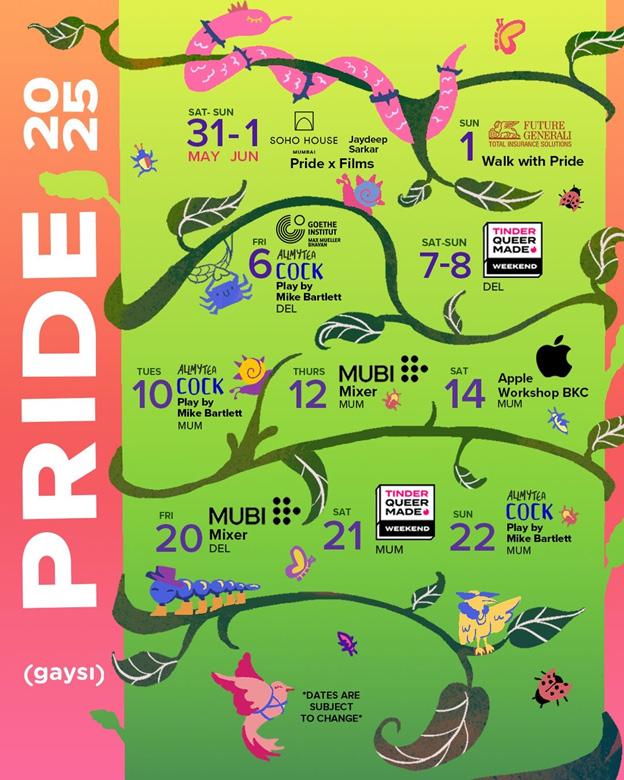
Just as amazing as its other events, Depot 48 also hosts a Pride Fair in June every year. This spectacular event goes on throughout the day and showcases some of the most spectacular queer talents in the city. It also hosts some brilliant queerowner brands, allowing you to immerse yourself in all things LGBTQIA+ that the city has to offer. This fun event is a must-attend.

Remember, the rainbow doesn’t end when the calendar flips past June. For queer Delhiites, Pride is in the everyday. It’s present in resisting discrimination, in building community, and in creating spaces that say you are safe here.
And now, more than ever, allies, artists, and city dwellers alike must protect these spaces, amplify these voices, and stand by the people who make this city truly alive. Because a queer-friendly Delhi isn’t a dream — it’s a daily decision!

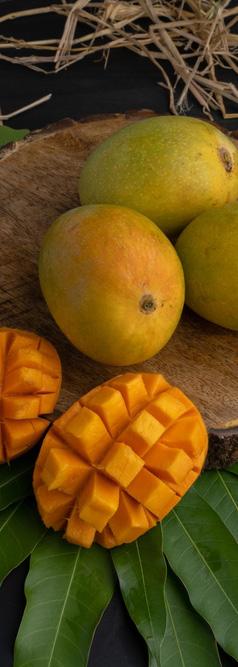
Mango Mania: Sweet,
Tangy & Totally Irresistible!
Summer and mangoes are a match made in culinary heaven. From creamy Bengali sweets to zesty tropical ceviche, these fun recipes take the king of fruits to gourmet heights. Whether you're hosting or just indulging, these chef-curated creations are a must-try!
MANGO SANDESH ROLLS
Mango Sandesh Rolls are a refreshing fusion of two much-loved elements—juicy, ripe mangoes and soft, sweet chenna (fresh Indian cottage cheese). This nocook dessert brings a cool, elegant twist to summer treats, combining rich textures and light, fruity flavors.
Thin mango slices are wrapped around a creamy chenna filling that’s gently kneaded with icing sugar, aromatic cardamom (elaichi), and saffron (kesar) for a subtle golden hue. Finished with a sprinkle of crushed pistachios, each bite-sized roll is a visual delight and a melt-in-the-mouth indulgence. Perfect for festive platters or simple summer gatherings, these Mango Sandesh Rolls are as effortless as they are exquisite.
Chef: Parth Bajaj
Chef Parth Bajaj took an unconventional path to the kitchen. An industrial engineering graduate from Nagpur, he traded machines for marinades, teaching himself the art of cooking. Today, he’s not just a self-taught chef but also a TV host and TEDx speaker. Through Instagram and YouTube, Parth shares not just recipes but relatable, behindthe-scenes glimpses of his culinary adventures— successes, failures, and everything in between. His journey proves that social media isn’t just for scrolling—it’s a place to stir up something meaningful.
Ingredients:
• Chenna from 500 ml milk
• Pinch of elaichi (cardamom) powder
• Few strands of kesar (saffron)
• 3 tbsp icing sugar (or 1 tbsp regular sugar)
• 3 ripe mangoes
• Crushed pistachios for garnish
Method:
Knead the chenna using your palm for a few minutes until smooth.
Add icing sugar, elaichi powder, and saffron to the chenna, and knead for another minute. Set aside.
Peel the mangoes and slice them thinly using a mandoline or sharp knife.
Place a small spoonful of the chenna mixture on each mango slice and gently roll into a cylinder.
Garnish with crushed pistachios and serve immediately.


MANGO MALAI CHAM CHAM
Mango Malai Cham Cham is a decadent take on the classic Bengali sweet. Flavored with ripe mangoes and filled with a creamy mango-infused malai (cream), this dessert is rich, fragrant, and irresistibly indulgent—perfect for festive tables or a special summer treat.
By Neha Deepak Shah
Neha Deepak Shah grew up in Mumbai, where her love for cooking began at an early age. Over the years, that childhood passion transformed into a celebrated culinary career. In 2015, she became the first runner-up on MasterChef India Season 4. Since then, Neha has hosted six food shows—Jashne-Daawat and Made in Gujarat on FoodXP and TravelXP—featuring over 900 innovative vegetarian dishes. In 2023, she was featured in Forbes India’s Top 100 Digital Stars list. Neha also made history with a Google Doodle feature for setting a world record with 51 flavors of Pani Puri.
She began creating food content in April 2020 with a mission to share dishes inspired by her most cherished memories. For Neha, cooking is souldeep—and her platform reflects the simplicity, joy, and comfort of making good food at home.
Ingredients:
For Chenna:
• 1 litre cow’s milk
• 2–3 tbsp vinegar + 2 tbsp water
For Chashni (sugar syrup):
• 1 cup sugar
• 3½ cups water
• A few cardamom pods
For Instant Mawa:
• ¼ cup milk
• 1 cup milk powder
• 1 tsp ghee
• ¼ cup sugar
• 8–10 saffron strands soaked in 1 tsp milk
Others:
• ¼ cup fresh cream (for whipping into the mawa)
• Chopped mangoes, pistachios, rose petals & varq (silver leaf), for garnish
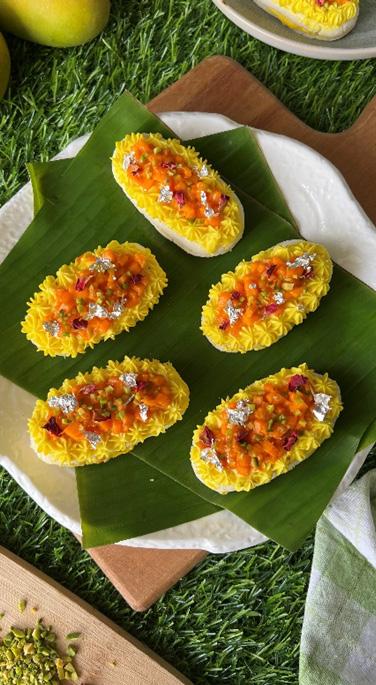
Method:
Prepare the Chenna: Heat the milk until just below boiling (around 90°C). Gradually add the vinegarwater mixture to curdle it.
Strain through muslin and rinse under cold water to remove sourness. Squeeze out excess moisture.
Knead the chenna with the heel of your palm for 7–8 minutes until smooth.
Shape into small cylinders and gently flatten them into oval discs.
Make the Chashni: Boil water with sugar and cardamom until bubbling.

Method:
Add the chenna discs to the syrup, cover, and cook on high heat for 15 minutes.
Turn off the heat and let the discs cool in the syrup for 1–1.5 hours.
Prepare the Instant Mawa: In a pan, heat ghee, milk, and milk powder on low flame. Stir continuously.
Add the saffron milk and sugar. Cook until glossy, then cool.
Transfer to a bowl and gradually add fresh cream. Whip with a hand mixer until light and fluffy.
Gently squeeze excess syrup from the cooled chenna discs and slice them in half.
Spread the whipped mawa on one half and sandwich it with the other.
Top with more mango malai and garnish with mango pieces, pistachios, rose petals, and varq.
Chill before serving. Enjoy!
Vishesh Tippani (Pro Tips):
Curdle the milk just below boiling point (~90°C) for best texture.
Do not stir the milk vigorously after curdling— this can ruin the chenna.
Chenna should be soft but not wet. Too dry = dense results; too wet = breaks during cooking.
Cook the mawa slowly on low heat for a smooth texture.
Add cream gradually when whipping; the final texture should be airy like whipped cream.

MANGO & LITCHI CEVICHE WITH SMOKED CHILI AND COCONUT SAUCE
A tropical twist on a classic ceviche, this dish brings together ripe mango, fresh litchis, and herbs, gently marinated in citrus and crowned with a smoked chilicoconut emulsion. The result is a vibrant medley of sweetness, spice, tang, and umami — light, aromatic, and perfect for warm-weather indulgence.
By cc
Chef Nishant was recently honoured with the Independent Chef of the Year 2024 by the Hospitality Horizon Top Chef Awards. At the Gourmet Fest 2024, he also secured gold in two prestigious categories: Chef of the Year – NonInstitutional and Chef of the Year – Progressive.
With over 20 years of culinary experience, Chef Nishant’s career spans a range of acclaimed finedining establishments. He began his journey at The Oberoi, followed by three years at Madinat Jumeirah, Dubai, where he worked at award-winning restaurants like Pierchic, Segreto, and Khaymat Al Bahar. He later joined the pre-opening teams of Roseate Hotels (formerly Dusit Devarana) and Olive Bar & Kitchen.
A firm believer in sustainability, Chef Nishant was handpicked for training at the John Folse Culinary Institute in Louisiana. Beyond the kitchen, he is a noted television host and culinary innovator, known for combining bold global flavors with Indian sensibilities.
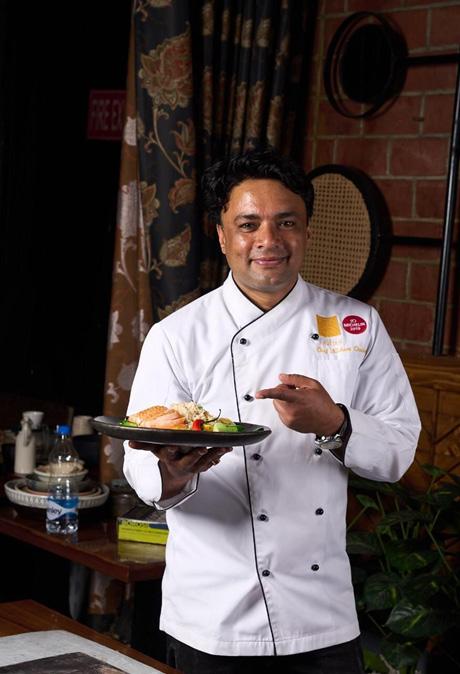
Serves: 2–3
Prep Time: 25 mins
Chill Time: 15–30 mins
Ingredients:
For the ceviche:
• 1 medium ripe mango (firm and sweet), diced
• 6–8 fresh litchis, peeled, pitted, and quartered
• 1 tbsp red onion, finely chopped
• 1½ tbsp lime juice
• ½ tsp lime zest
• 1 tsp fresh coriander stems, finely chopped
• Salt to taste
For the smoked chili-coconut sauce:
• 100 ml fresh coconut milk
• 1 dry red Kashmiri chili
• ¼ tsp smoked paprika (or substitute with smoked chili oil)
• ½ tsp grated ginger
• 4–5 curry leaves
• ¼ tsp mustard seeds
• ½ tsp tamarind pulp
• ¼ tsp jaggery
• 1/6 tsp coconut oil
• Salt to taste
Method:
Prepare the Ceviche Base:
In a mixing bowl, combine diced mango, litchis, red onion, lime juice, zest, chopped coriander stems, and salt. Toss gently and set aside to marinate.
Make the Smoked Chilli-Coconut Sauce:
• Heat coconut oil in a small pan. Add mustard seeds and curry leaves.
• Once they splutter, add the dry red chilli and ginger. Sauté lightly until aromatic.
• Stir in the tamarind pulp, jaggery, smoked paprika, and salt.
• Pour in the coconut milk and bring to a gentle simmer. Remove from the heat and let it infuse.
Assemble the Dish:
• Once cooled, drizzle the smoked chillicoconut sauce over the marinated fruit.
• Chill for 15–30 minutes before serving to allow flavours to meld.
• This dish celebrates contrasts—sweet mango, floral litchi, zesty citrus, and smokyspiced coconut—making it an ideal appetiser or palate cleanser. Serve chilled in cocktail glasses or ceramic spoons for an elevated presentation.

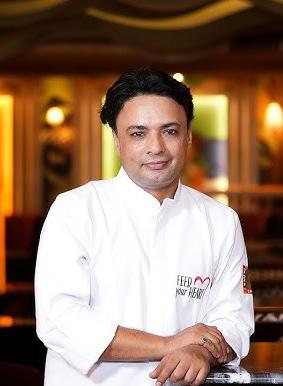
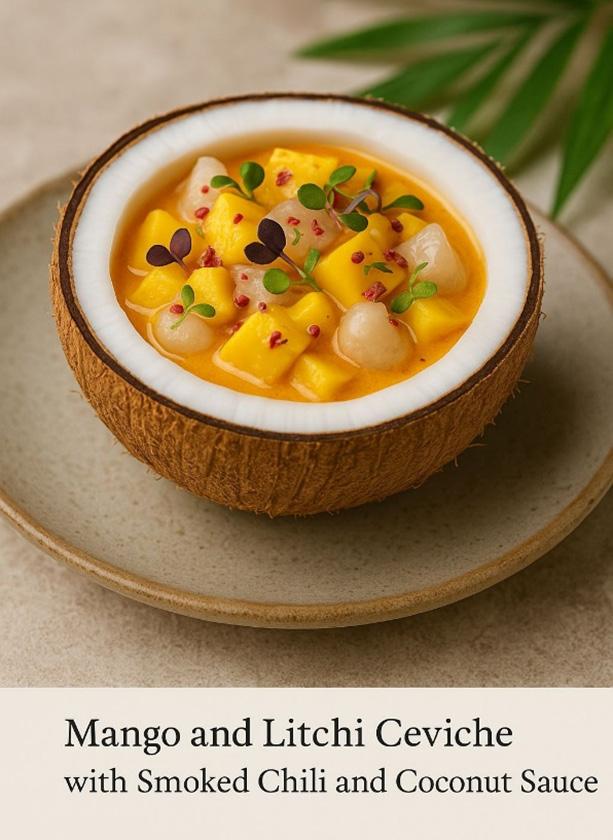


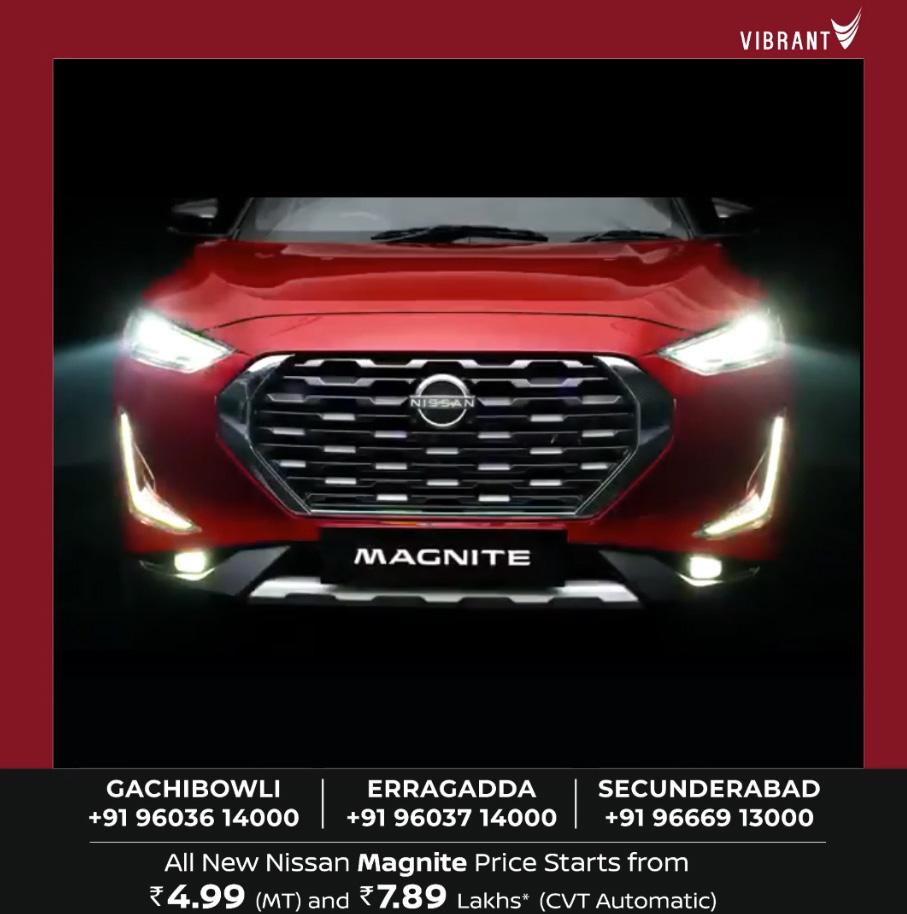

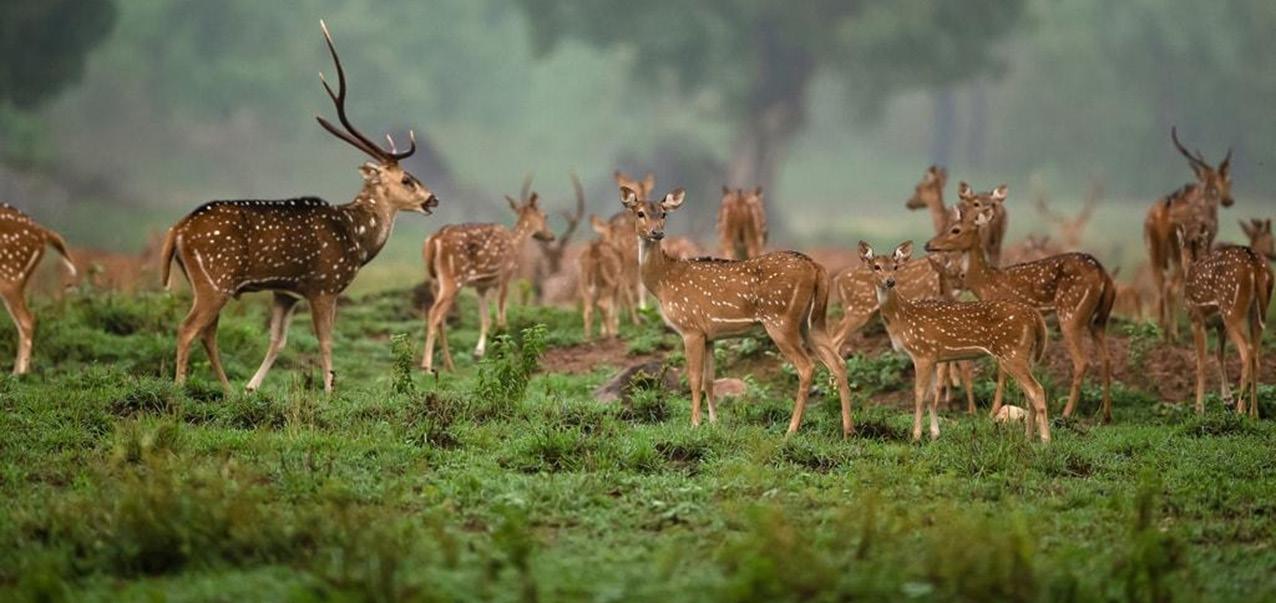
NATIONAL PARKS IN INDIA MONSOON- PERFECT
As the first raindrops kiss the parched earth and the skies turn dramatic with monsoon clouds, India’s national parks undergo a breathtaking transformation. Verdant landscapes, mist-draped forests, and gushing rivers make these natural havens come alive. While many assume the monsoon is an off-season for wildlife, it is actually the time when nature is at its most expressive. Dhanush Kumar writes about India’s most spectacular national parks to explore when it rains.
Periyar National Park, Kerala
Tucked in the heart of the Western Ghats, Periyar is an emerald paradise during the monsoon. Its namesake lake swells with rain, and mist curls around the cardamom hills. While tigers remain elusive, elephants, sambar deer, and wild boars roam freely across the dense terrain. Boat safaris offer a tranquil way to spot wildlife against a lush, rainy backdrop

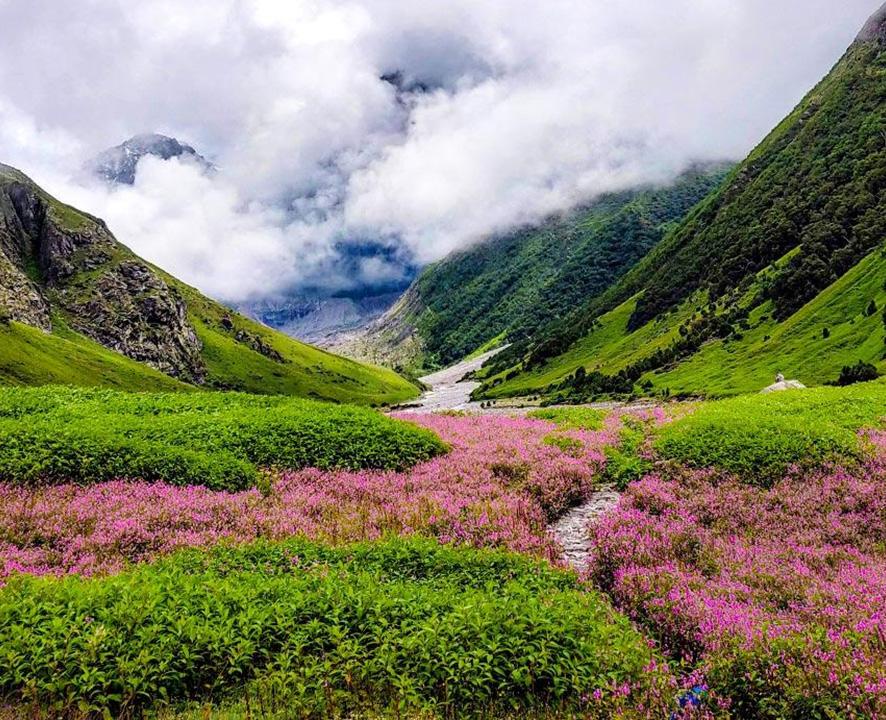
Valley of Flowers National Park, Uttarakhand
A UNESCO World Heritage site, this Himalayan treasure comes into full bloom from July to September. The monsoon awakens a riot of alpine flowers, over 500 species, including blue poppies, orchids, and daisies. Snow-fed streams, cascading waterfalls, and vibrant meadows create a landscape straight out of a fairytale.
Why Visit: For surreal boat rides through the rainforest and misty encounters with elephants.
Why Visit: To witness a living canvas of wildflowers blooming against snowcapped peaks.
Kanha National Park, Madhya Pradesh
While some central Indian parks close during peak monsoon, Kanha’s buffer zones remain open and offer a quieter, rain-soaked safari experience. The Sal forests glisten with dew, and the entire landscape turns lush and alive. It is also the inspiration behind Kipling’s The Jungle Book
Why Visit: For a dreamy, less-crowded safari in one of India’s most beautiful tiger habitats.
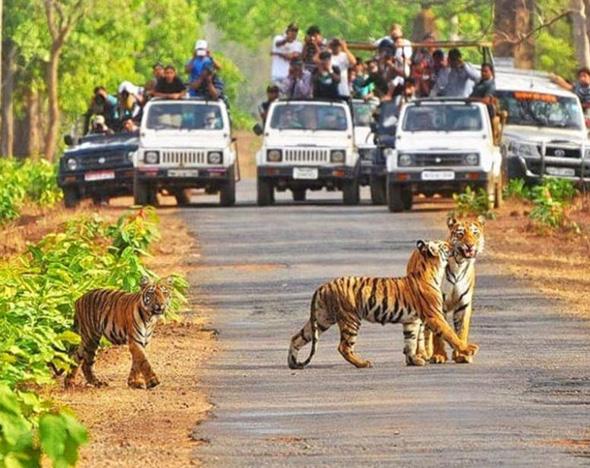

Chilika Lake and Nalabana Bird Sanctuary, Odisha
Monsoon breathes new life into Asia’s largest coastal lagoon, attracting hundreds of thousands of birds and migratory waterfowl. Though the peak migration season is winter, the rain brings an early spectacle with painted storks, herons, and flamingos gliding across rain-laced skies.
Why Visit: For serene birdwatching, boat rides, and the charm of monsoon skies mirrored in a vast lagoon.
Silent Valley National Park, Kerala
True to its name, Silent Valley is nature at its purest and quietest. Rain transforms this untouched rainforest into a mystical world of moss-covered trees, rare orchids, and hidden waterfalls. Home to the endangered lion-tailed macaque, this park is a haven for biodiversity lovers.
Visit: To experience pristine monsoon wilderness away from the crowds and close to the clouds.
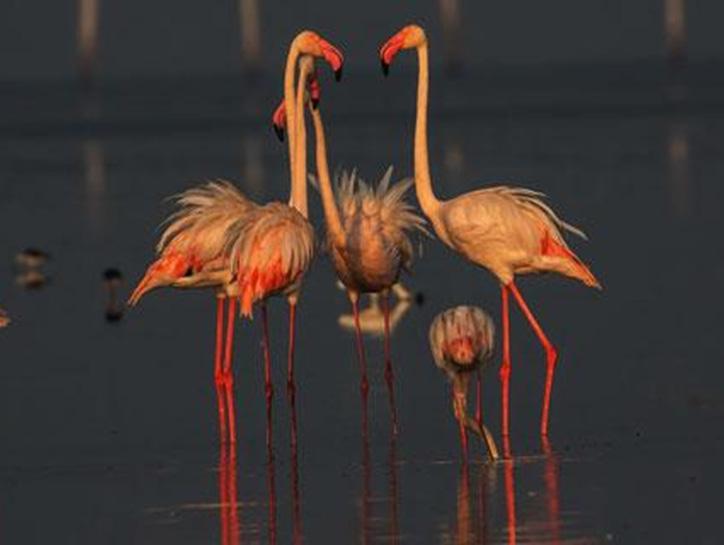
Why

Kaziranga National Park, Assam
Yes, Kaziranga often floods during monsoon, but therein lies its secret drama. The mighty Brahmaputra swells, pushing wildlife, including the farmed one-horned rhinoceros, to higher ground. This forced migration offers unique viewing opportunities along raised areas and park boundaries.
While full park safaris may be limited, responsible ecotourism lodges offer monsoon experiences like river rides, birdwatching, and cultural immersion.
Why Visit: It is the best place to encounter nature’s fierce grandeur, a reminder of the primal pact between land and life.
Satpura National Park, Madhya Pradesh
Satpura is one of India’s most underrated parks, and it turns magical in the rain. Unlike more commercialized reserves, Satpura offers canoe safaris, walking treks, and jeep rides through dense jungle. The monsoon adds a wild, romantic charm to its terrain of sandstone peaks, waterfalls, and deep gorges.
Why Visit: For offbeat adventure and intimate monsoon safaris surrounded by untamed beauty.


THE MOST POPULAR PLACES TO VISIT IN KOLKATA
Kolkata is not just a city, it’s a feeling. A confluence of history, art, food, literature, and legacy. Kolkata breathes in poetry and exhales politics. It’s where colonial architecture meets tram-lined streets, where Rabindranath Tagore’s spirit floats in the air, and where every corner has a story to tell. If you are visiting the City of Joy, Dhanush Kumar writes about the timeless landmarks and buzzing locales are a must on your itinerary.
1. Victoria Memorial
The crown jewel of Kolkata, the Victoria Memorial is a majestic white-marble monument built in honour of Queen Victoria. Surrounded by sprawling gardens, this IndoSaracenic structure now houses a museum featuring colonial-era paintings, sculptures, and manuscripts.
Why Visit: For a walk-through British India’s legacy, surrounded by romantic architecture and lotus ponds.
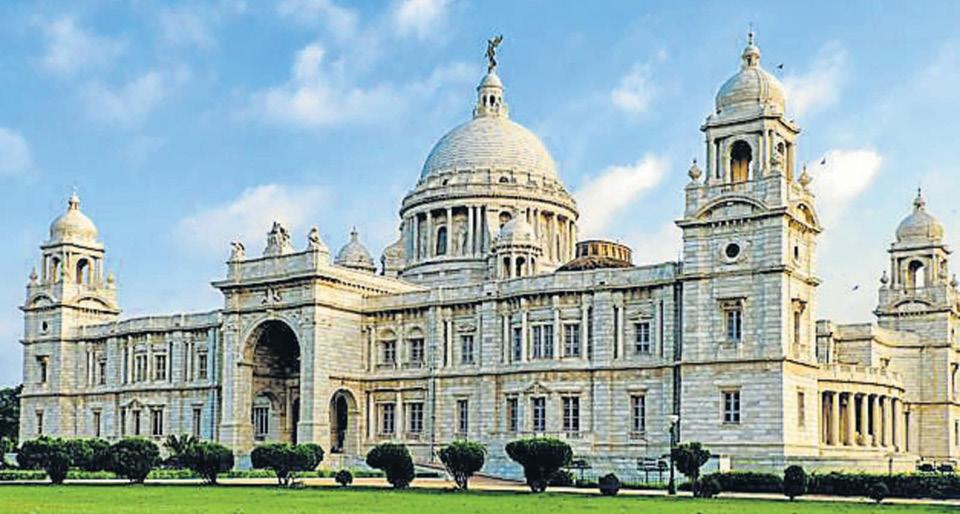

2. Howrah Bridge
More than just a bridge, this steel cantilever icon is the heartbeat of Kolkata. Stretching across the Hooghly River, it connects the twin cities of Howrah and Kolkata and carries nearly 100,000 vehicles a day yet feels timeless in its grace.
Why Visit: To watch the sunrise over the river, see hand-pulled rickshaws in action, and feel Kolkata’s pulse.
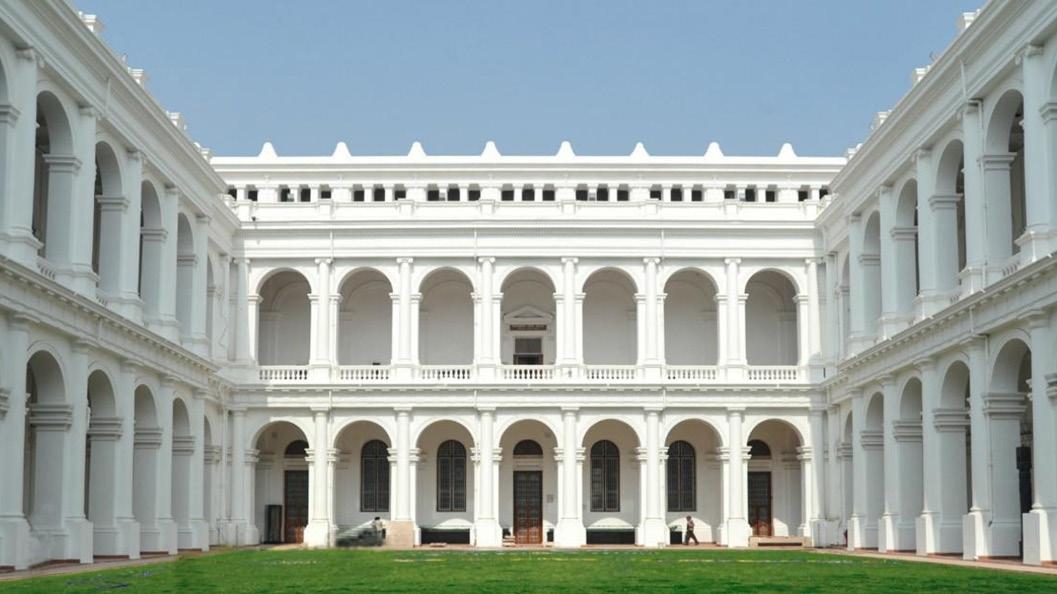
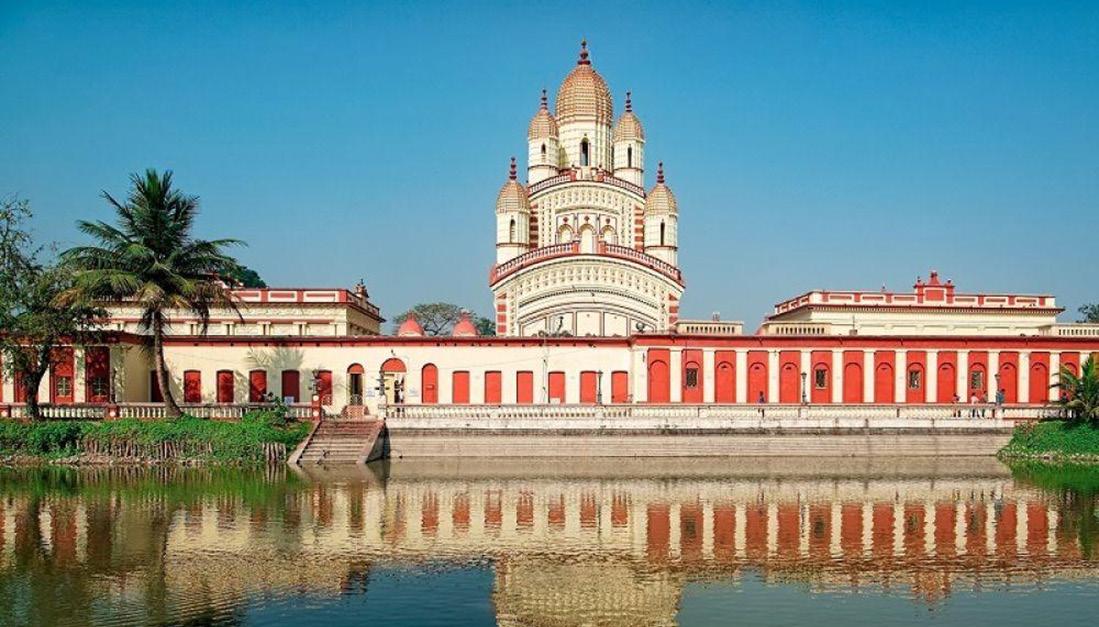
3. Dakshineswar Kali Temple
Located on the banks of the Hooghly, this 19thcentury temple is dedicated to Goddess Kali and was once frequented by the saint Ramakrishna Paramahamsa. Its architecture- nine spires, red-and-white hues, and wide courtyards is captivating.
Why Visit: To soak in spiritual serenity and watch riverfront rituals steeped in ancient traditions.
4. Indian Museum
Established in 1814, the Indian Museum is the oldest and one of the largest in Asia. With exhibits ranging from Egyptian mummies to Buddhist relics and Mughal armour, it’s a treasure trove for the culturally curious.
Why Visit: To explore the layers of Indian and global history in a grand colonial-era building.
5. Kalighat Temple
An important Shakti Peeth and one of the holiest temples for Hindus, Kalighat is where Goddess Kali is worshipped in her most ferocious form. The intense energy, chanting, and rituals create an experience both raw and unforgettable.
Why Visit: For a glimpse of Kolkata’s spiritual soul and its deeply rooted religious traditions.
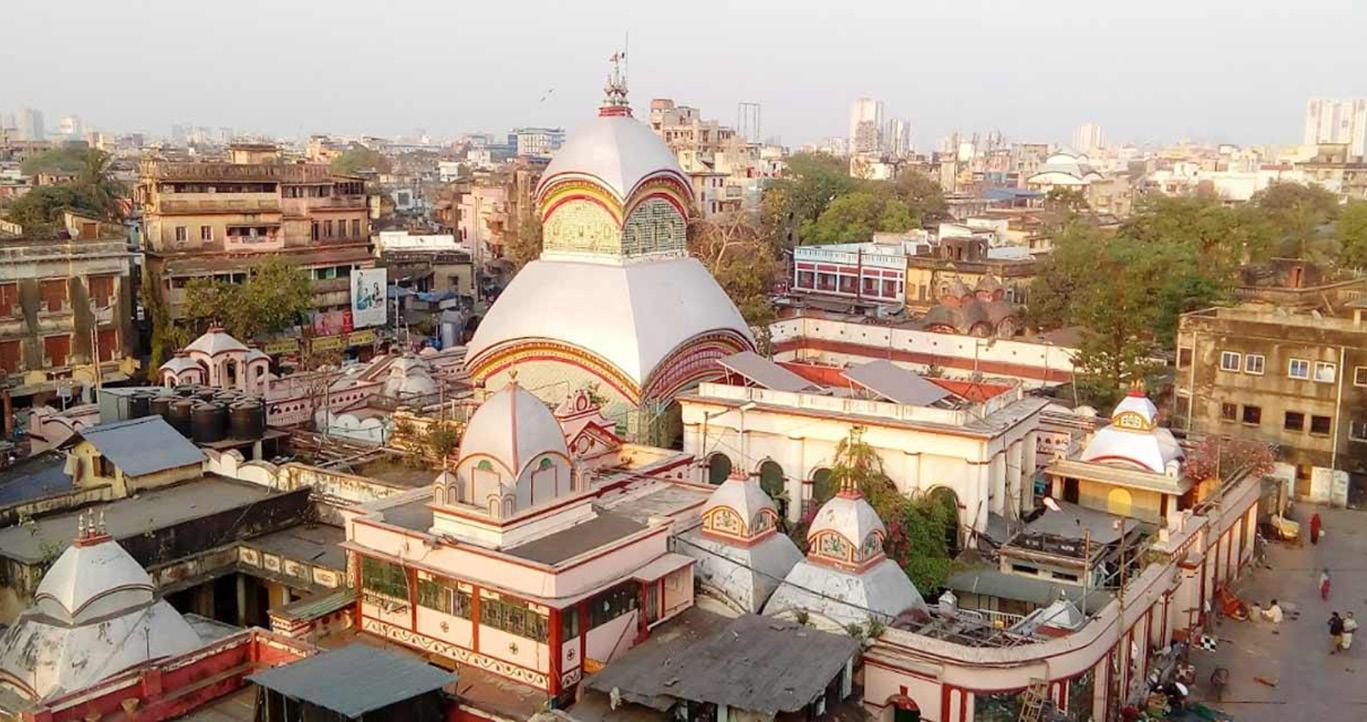
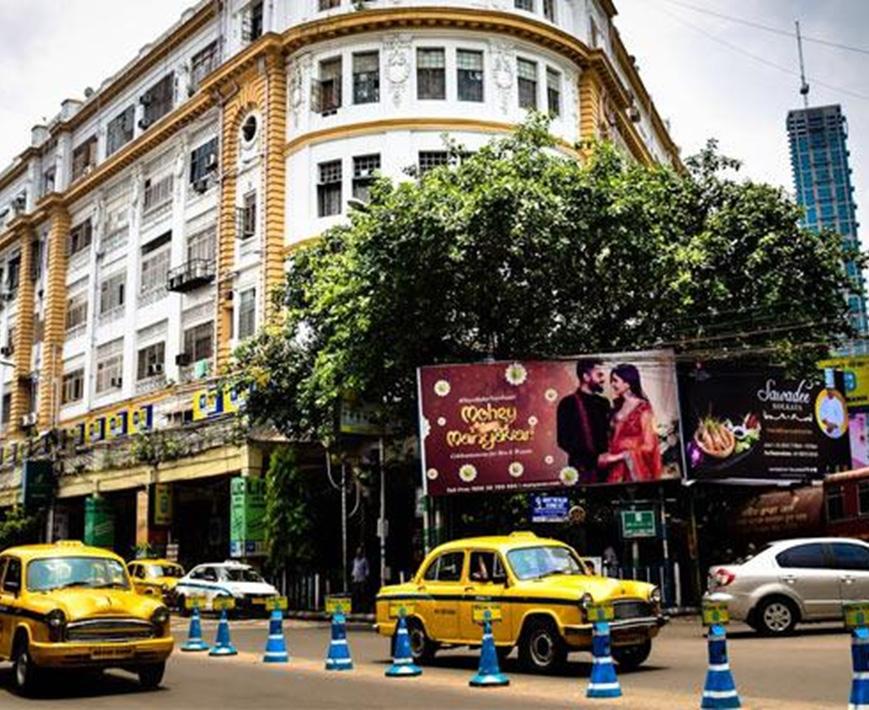
6. Park Street
Known as the Street that Never Sleeps, Park Street is the heart of Kolkata’s nightlife, vintage charm, and Anglo-Indian heritage. Lined with bookstores, jazz bars, cafes, and colonial restaurants like Flurys and Peter Cat, it has something for every traveller.
Why Visit: To sip on cold coffee, devour a chelo kebab, and vibe to live music in the city’s retro core.


7. Science City
A modern marvel that merges education and entertainment, Science City is a hit among families and curious minds. From dynamic science exhibits and space shows to a butterfly garden, it's engaging at every turn.
Why Visit: To let your inner child explore, learn, and play, all in one vibrant space.
8. Prinsep Ghat
This classical riverside promenade, with its Palladian-style monument and breezy boat rides, is the perfect place to end a long day. At dusk, the ghat glows with golden light as ferries glide over the Hooghly.
Why Visit: For romantic sunsets, riverfront strolls, and local street food under the open sky.


8 MOST BEAUTIFUL AND ICONIC MUSEUMS IN THE WORLD

1.
The Louvre-Paris, France
The Louvre is the epitome of elegance, grandeur, and artistic legacy. Housed in a former royal palace, this museum is the world’s largest and the most renowned. With over 35,000 words, including the Mona Lisa and Venus de Milo, its collection spans centuries, and civilizations. The iconic glass pyramid designed by I.M. Pei blends modernist aesthetics with regal traditions, making the Louvre not just a museum but a symbol of global culture.
Why visit: To witness masterpieces that shaped human civilization, inside a structure that blends imperial and contemporary brilliance.

Museums aren’t just repositories of the past; they are architectural wonders that breathe life into history, art, and culture. Some captivate you with their priceless collections, while others leave you spellbound with their design, atmosphere, or setting. From Paris to Doha, these museums are more than travel stops; they are destinations in themselves. Whether you are an art lover, a history buff, or a wanderer looking for beauty. Dhanush Kumar writes about eight iconic museums that promise a journey for both your mind and soul.

2.
The Vatican Museums- Vatican City
Art,religion, and history converge breathtakingly at the Vatican Museums. Spiralling through corridors rich with Renaissance frescoes and ancient sculptures, the journey culminates in the Sistine Chapel, where Michelangelo’s ceiling fresco stuns every onlooker. The Vatican Museums are not just a visual experience; they are spiritual, profound, and timeless.
Why visit: To stand beneath the most iconic ceiling in the world and feel art’s divine energy.
The Guggenheim Museum-Bilbao, Spain
An architectural revolution in itself, the Guggenheim Bilbao turned a sleepy industrial town into a global art capital. Frank Gehry’s titanium-clad design resembles a gleaming ship or a flower in bloom, depending on your angle. Inside, contemporary, and modern art explode across vast, light-filled galleries. It’s an art experiencing architecture and vice versa.
Why visit: For the ultimate fusion of innovative design and thought-provoking art.
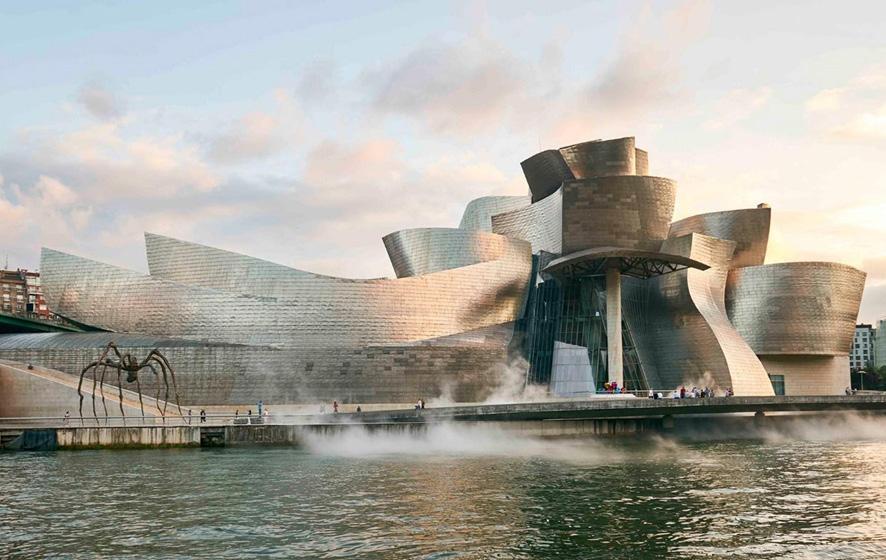

The Acropolis Museum- Athens, Greece
At the foot of the Acropolis, this modern museum offers a reverent space for ancient relics. Its design is minimalist yet powerful, glass floors reveal ruins beneath your feet, and panoramic windows offer views of the Parthenon above. The museum highlights centuries of Greek art and philosophy with a quiet dignity that resonates long after you leave.
Why visit: To walk in the footsteps of philosophers and witness the birth of Western Civilization.
4.
The State Hermitage MuseumSt. Petersburg, Russia
Spanning six majestic buildings along the Neva River, including the opulent Winter Palace, the Hermitage is as regal as museums come. Its baroque halls are as much a draw as the three million artifacts it holds. From Egyptian antiquities to Rembrandt masterpieces, the Hermitage embodies the lavish cultural appetite of the Russian empire.
Why visit: To wander through halls where tsars once walked and marvel at treasures from every era.

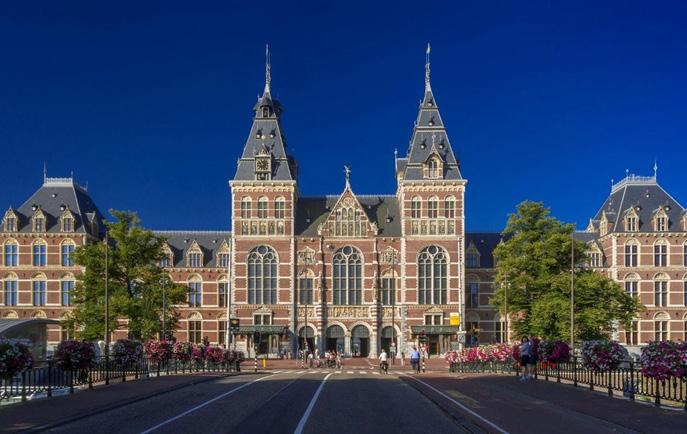
Chhatrapati Shivaji Maharaj Vastu
Sangrahalaya- Mumbai, India
Formerly known as the Prince of Wales Museum, this Indian gem is a fusion of Indo-Saracenic, Mughal, and Gothic Styles. Set amid lush gardens in South Mumbai, the museum houses ancient sculptures, miniature paintings, decorative arts, and relics from India’s royal past. The building itself, with its domes, arches, and intricate detailing, is a masterpiece.
Why visit: To witness India’s vast and diverse heritage inside a building that celebrates cultural synthesis.
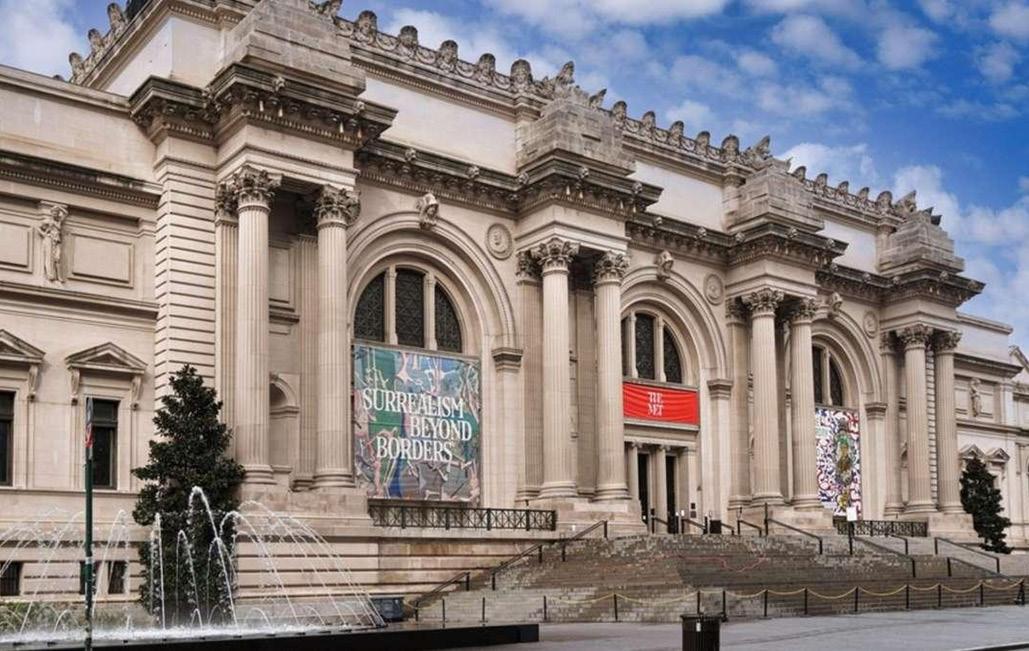
Rijksmuseum- Amsterdam, Netherlands
Ajewel of Dutch Renaissance architecture, the Rijksmuseum is both majestic and intimate. Its galleries present the Netherlands’ golden age with works by Rembrandt, Vermeer, and Frans Hals. The museum’s recent renovation revitalized its grandeur, making it one of the most elegant museums in Europe.
Why visit: For a deep dive into Dutch Mastery, every painting tells a story with emotional clarity.
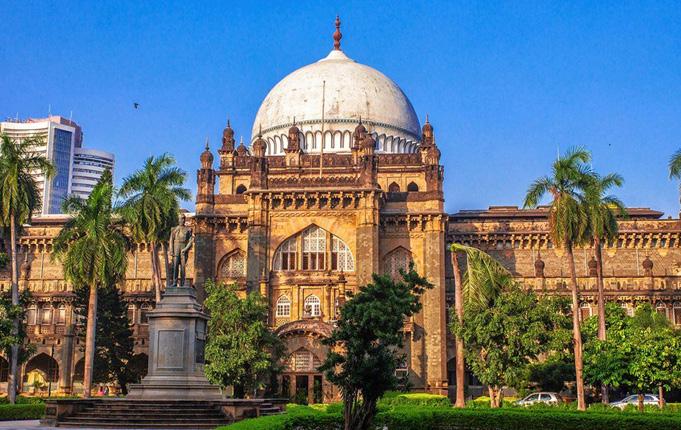
8.
The Metropolitan Museum of Art-New York City, USA
The Met is an encyclopaedic museum that spans 5,000 years and every continent. From ancient armour to modern photography, the sheer scale and scope are breathtaking. Its location in Central Park, along with its neoclassical façade, makes it a cultural landmark.
Why visit: To experience the world through art, all under one roof in the heart of NYC.

Is Millet Good for Pets?
A Closer Look at This Ancient Grain in Modern Pet Diets
As pet parents become increasingly mindful of what goes into their furry companions’ bowls, there's a rising interest in ancient grains like millets. Once a staple in traditional Indian kitchens, millets are now finding their way into premium pet foods and holistic diets. But is millet actually good for your pet? And more importantly, is it recommended? Hashtag Magazine gives you a lowdown...
What Are Millets?
Millets are a group of small-seeded grasses that are naturally gluten-free, high in fibre, and rich in essential minerals like iron, magnesium, and phosphorus. They include varieties like ragi (finger millet), foxtail millet, pearl millet (bajra), and little millet—each offering its own set of nutrients.
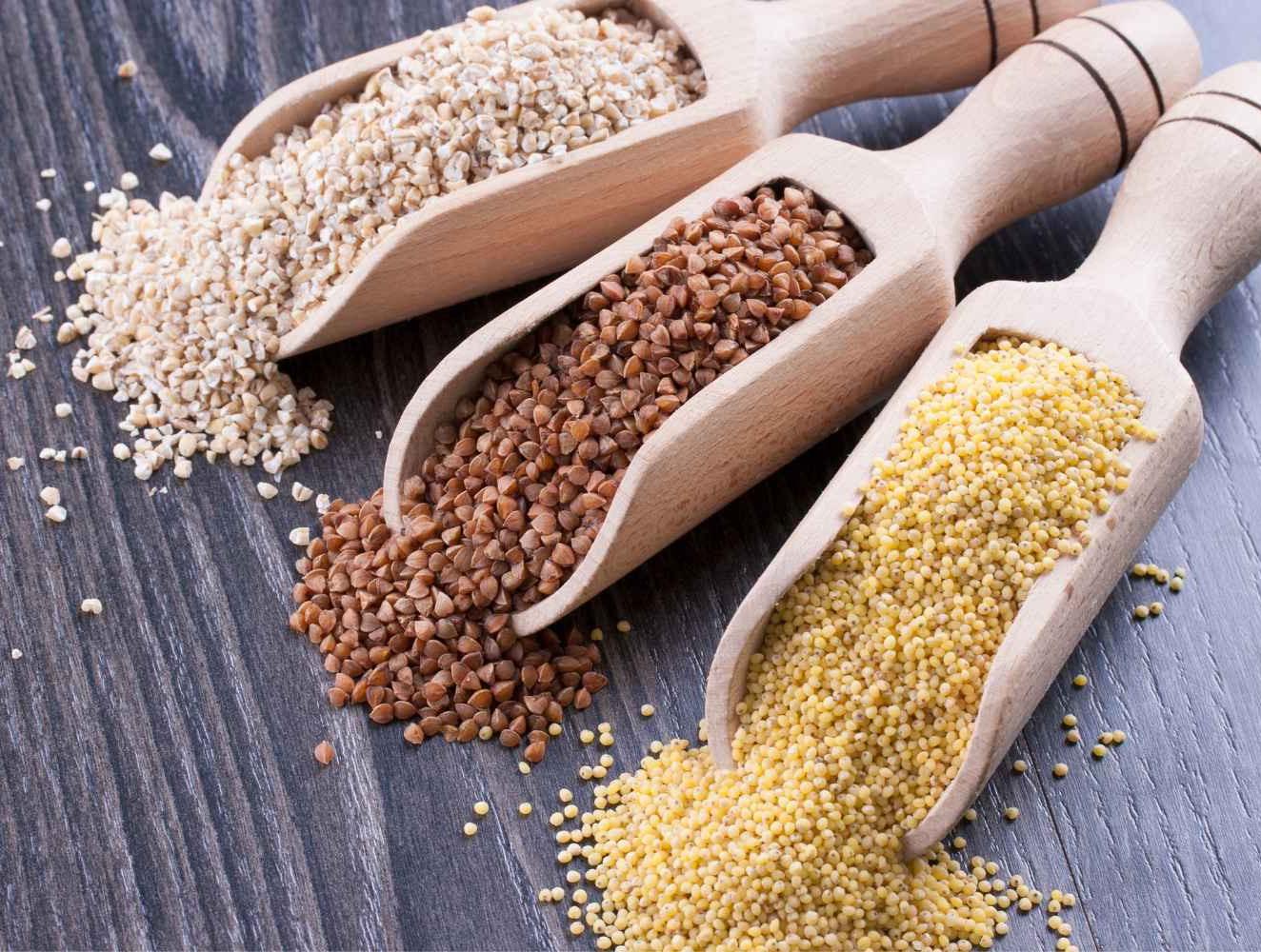
Why Millets Are Good for Pets
1. Gentle on the Tummy
Millets are easy to digest and can be helpful for pets with sensitive stomachs or food allergies. Unlike wheat or corn, millets are less likely to trigger gluten-related sensitivities.
2. Rich in Nutrients
Millets offer a rich source of natural vitamins and minerals, including B-complex vitamins, iron for maintaining blood health, magnesium for supporting nerve function, and phosphorus for strong bones.
3. Fibre-Rich and Low-Glycemic
For pets needing weight management or diabetic care, millets can help. They provide sustained energy release without sudden spikes in blood sugar, and their fibre content supports healthy digestion.
4. Supports a Balanced Diet
When used in moderation alongside protein-rich foods, millets can help balance a pet's carbohydrate intake—especially in home-cooked or vegetarian pet diets.


5. Sustainable and Local
Millets are a climate-resilient, low-resource crop, making them a planet-friendly addition to your pet’s diet. Supporting millet-based pet food also encourages local farmers and sustainable agriculture.
Points of Caution
While millets are beneficial, they are not without caveats:
• Pets are primarily carnivores, especially cats. Millets should not replace protein sources, but can act as a supportive ingredient.
• Overfeeding millets may lead to gas or nutrient malabsorption due to natural compounds like phytates.
• Always cook or puff millets before serving, as raw grains are difficult for animals to digest.
• Start small—introduce millet gradually and monitor your pet’s response.
Is It Recommended?
Yes, millets are recommended—but with balance and care.
Veterinarians and holistic pet nutritionists often include millets in diets for:
• Dogs with food allergies
• Pets with obesity or diabetes
• Senior pets needing gentle grains for digestion
• Owners seeking locally sourced, natural ingredients
However, consult your vet before making major changes to your pet’s diet, especially for cats, puppies, kittens, or pets with existing health conditions.

Final Word: A Grain Worth Considering
Millets offer a smart, wholesome way to enrich your pet’s diet—but they work best as part of a varied, vet-approved meal plan. Whether in the form of millet-based kibble or a spoonful of cooked ragi added to your dog’s bowl, this humble grain packs surprising health benefits for pets.
Blurb: Think of millets as a side dish—not the main course—and your pet will reap the best of both worlds.



“I’M A LOYALIST OF CINEMA”:
Aamir Khan ON SCREENS, STORIES,
AND STAYING
THE COURSE
Fresh off the release of Sitaare Zameen Par, Aamir Khan opens up about his enduring love for cinema, why he champions children’s stories, and how he balances personal evolution with creative instincts. In an exclusive interaction, he also speaks candidly about declaring his relationship with Gauri and the stability she brings into his life. In this heartfelt conversation, Aamir reflects on movies, meaning, and moments, with Lipika Varma capturing it all.
Excerpts-
How do you feel when your film is on the verge of being released?
Whenever my film is on the verge of being released, the feeling is like a father of a newborn child, though we cannot compare our feelings to a mother of a newborn child. But when my films are released, I feel the same nervousness and excitement as a father. The more excited you are, the more you contemplate whether your film is good, and then the nervousness grows if people will like it or not. I always get nervous whenever my films are on the release.
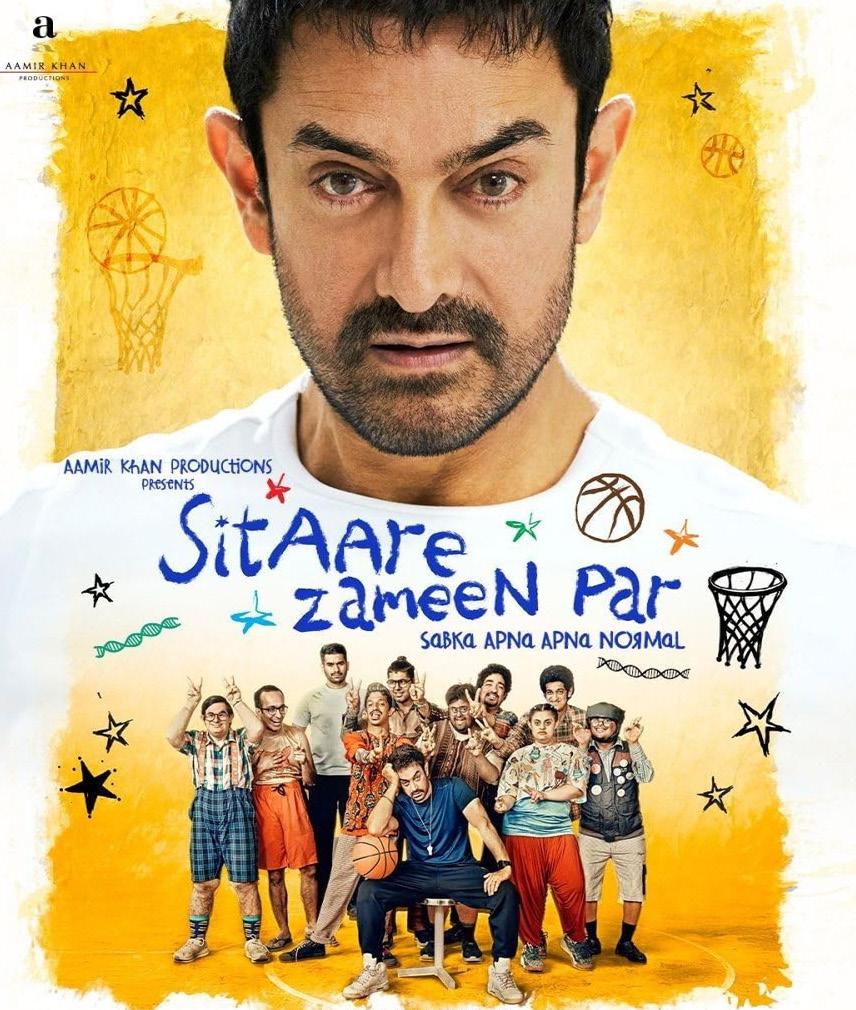

Why are children’s films made in lesser numbers in Bollywood?
Yes, it’s sad that the Hindi film industry is making very few children’s films. According to my thought process, the industry feels there is no market for children’s films. I disagree with this. We have so many children in this country, of course, they watch films! But sadly, many end up watching Western films dubbed in Hindi. We must take responsibility as filmmakers and create more meaningful stories for our children.
I AM THE LOYALIST OF CINEMA. I HAVE ARRIVED HERE BECAUSE OF THE THEATRES AND CINEMA.

Will you make more children's films?
I have decided to make children’s films even in the future. Kids are the future pillars of our country. They need to be sensitive, caring, and empathetic. Our films touch them in ways to be able to grow positively. Every individual has Ram and Ravana [good and evil] in them. Watching our films, can bring Ram within themselves as our films have good messages.
Is it true that Sitaare Zameen Par might release directly on YouTube?
I have no such idea. There have been a few articles that I am directly releasing on YouTube. However, I have not said that. Meri film sirf aur sirf theatres mein aa rahi hai. My film is coming directly to theatres. I know it’s a bold step, but I am a person who believes in theatrical release. And till the last day, I will fight for theatres.
Do you consciously choose socially relevant stories?
It’s not a conscious decision. I never set out to make “social message” films. But yes, I do get drawn to stories that have emotional depth—and sometimes, they happen to be socially relevant. Maybe that’s just who I am. When a script makes me laugh, cry, or feel deeply, I get interested. But my job is to entertain. Theatre is a mode of entertainment, and that’s my first responsibility. Giving social messages is not my responsibility; I need to give you a great entertainment value when you enter the theatres. But if I give social messages creatively, that is fine. My films like Dangal, 3 idiots, and a few others were entertaining as well as gave away some social messages. I am an entertainer first.
What’s your take on the future of cinema and box office performance?
I can’t see the future of films at the B.O., but I am a loyalist of cinema. I have reached here because of the theatres and the cinema. I have no problem with OTT. For me, cinema is number one, and I will continue making films.

On Love, Balance & Declaring His Relationship–
There is no age to fall in love, “Dil Toh Bachcha Hai Jee!” Every individual impress you differently-Gauri is shanth [calm], good natured she does everything in a balanced manner. I am opposite to her- I am an extremist, an imbalanced individual. If I am working, I continuously work for 36 hours, and if I am sleeping, I will sleep for long hours. I am an absent-minded individual, always lost in my thoughts. We are two different individuals, and unlike poles attract for sure. While she brings stability in my life, bringing calm and peace in my life, I would like to believe I bring excitement.
On declaring his partnership with Gauri–Yes, I decided to declare my relationship with my partner because I don’t like to hide anything. If I have held her hand, I should respectfully talk about this partnership and thus declare our partnership openly. Ammi ne hamein yeh sikhaya hai- Kissi ka dil kabhi nahi dukhna chahiye.
TOP 5 INDIAN SHOWS Everyone Is Binge-Watching in 2025
From royal dramas to twisted reality, here’s what India is watching (and obsessing over) this year. In the everevolving world of Indian entertainment, 2025 has delivered a goldmine of binge-worthy content—from palace intrigue and dysfunctional families to comedy classics and reality chaos. With OTT platforms upping the game and audiences craving variety, these five shows have emerged as the biggest must-watch of the year.
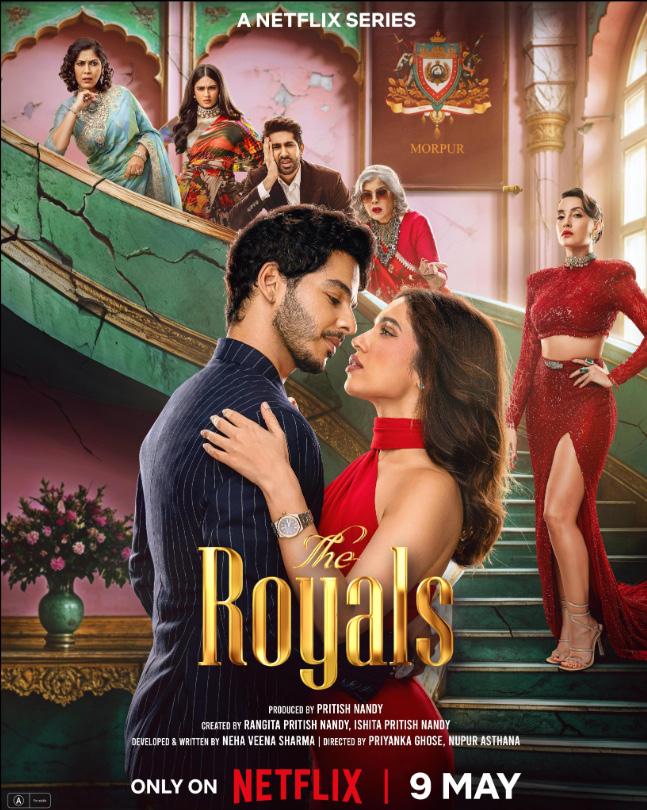
Streaming on: Netflix
Cast: Bhumi Pednekar, Ishaan Khatter, Zeenat Aman, Sakshi Tanwar, Nora Fatehi, Vihaan Samat, Dino Morea, Milind Soman
Genre: Romantic Comedy Drama | Royalty Meets Modern Hustle
Rana Naidu – Season 2
Streaming on: Netflix
The Royals – India’s Glamorous New Obsession
What’s It About?
Set in modern India, The Royals follows a once-wealthy royal family trying to reinvent themselves after financial ruin. When the charming heir (Ishaan Khatter) teams up with a driven entrepreneur (Bhumi Pednekar) to convert their ancestral palace into a luxury resort, sparks — and scandals — fly.
Why Everyone’s Bingeing It:
• Ishaan Khatter shines as the reluctant prince with charm and depth.
• Bhumi Pednekar brings fire as the modern businesswoman challenging royal traditions.
• Zeenat Aman and Sakshi Tanwar add multigenerational richness.
• Nora Fatehi is a comic delight in a glam role.
• Opulent visuals, witty writing, and a perfectly chaotic royal family setup.
USP:
The most dysfunctional family on Indian TV right now. Brutal, intense, and deeply addictive.
Cast: Rana Daggubati, Venkatesh Daggubati, Surveen Chawla
Genre: Action | Family Dysfunction | Crime Noir
What’s It About?
Rana Naidu is a high-powered fixer for India’s elite — but this season, his biggest mess is at home. As his criminal past catches up with him and his father’s release from jail threatens his empire, the story spirals into darker, grittier emotional territory.
Why It’s Trending:
• Rana Daggubati delivers a raw, brooding performance.
• Venkatesh is unforgettable as the morally broken father.
• Explores themes of trauma, loyalty, and revenge.
• Strong writing, haunting cinematography, and unexpected twists. USP:
The most dysfunctional family on Indian TV right now. Brutal, intense, and deeply addictive.

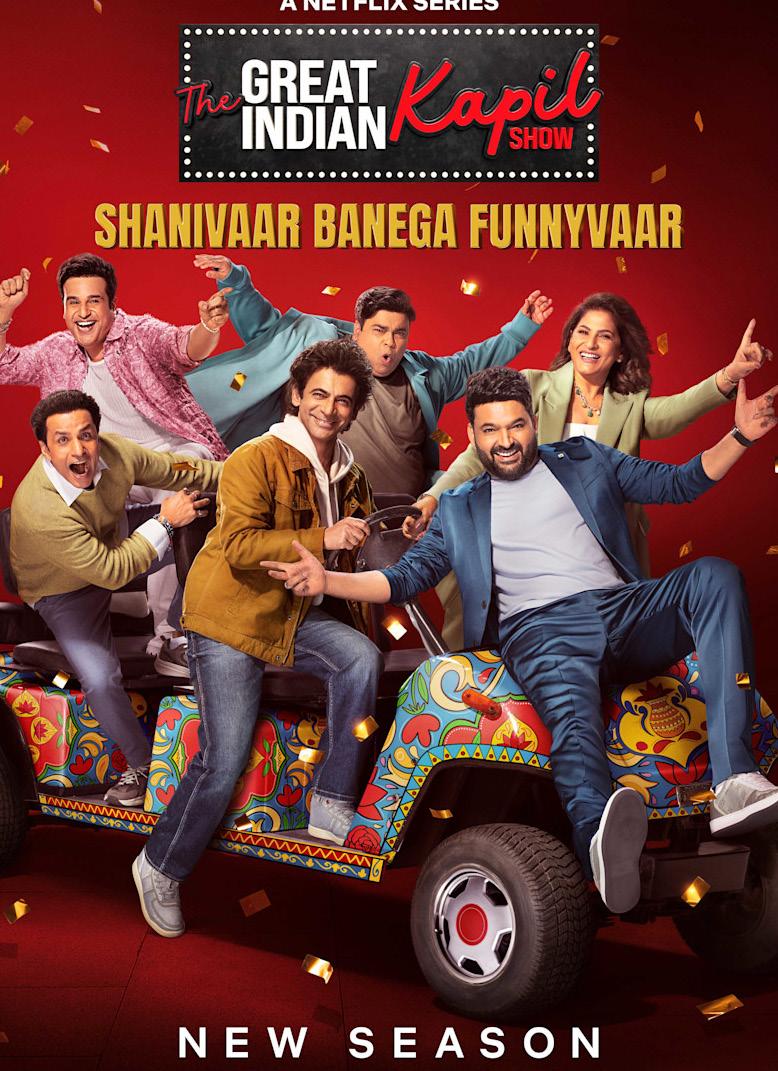
The Traitors – India
The Great Indian Kapil Show – Season 2
Streaming on: Netflix Cast: Kapil Sharma, Sunil Grover, Kiku Sharda, Krushna Abhishek Genre: Talk Show | Sketch Comedy | Pop Culture
What’s It About?
Kapil and the gang are back! With big-name guests, hilarious sketches, and clever digs, this show is India’s weekly comedy fix. The global polish of Netflix gives it a fresh, modern twist.
Why It’s Trending:
• A-list celebrity guests (Salman, Aamir, and the likes)
• Sunil Grover’s much-anticipated return as Gutthi
• New characters and tighter production
• Family-friendly, laugh-out-loud entertainment
USP:
India’s favourite comedy crew, now with global reach and better punchlines. A serotonin boosts every “Funnyvaar”
Streaming on: JioCinema | Host: Karan Johar
Cast: Elnaaz Norouzi, Urfi Javed, Lakshmi Manchu and more
Genre: Reality Thriller | Strategy | Social Drama
What’s It About?
Twenty contestants enter a grand estate. Hidden among them are Traitors, secretly eliminating players every night while the rest — the Faithful — try to unmask them. Hosted by a devilishly sharp Karan Johar, this show blends trust games, sabotage, and intense paranoia.
Why It’s Trending:
• Killer casting (in every sense)
• Karan’s perfect mix of drama, wit, and menace
• Suspenseful editing and jaw-dropping twists
• It’s Bigg Boss meets Knives Out, and viewers are loving it
USP:
You know who the traitors are. They don’t. Watching it all unravel is your guilty pleasure of the year.
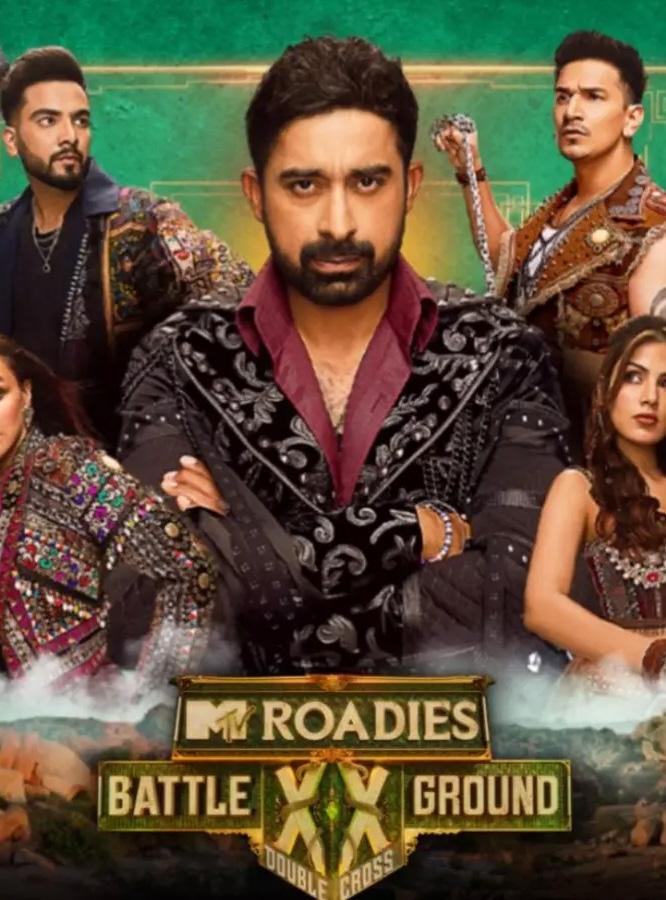

MTV Roadies XX – Double Cross
Streaming on: MTV India & JioCinema
Cast: Rannvijay Singha (Host), Prince Narula, Rhea Chakraborty
Genre: Reality | Adventure | Betrayal
What’s It About?
The 20th season of India’s iconic reality show adds a new twist: betrayal. Contestants now not only battle in physical challenges but must also guard their alliances, as backstabs and blindsides define the game.
Why It’s Trending:
• Return of fan-favourites like Prince and Rannvijay
• Bold casting with influencers and new-gen stars
• Real betrayals, shocking eliminations, and intense rivalries
• Perfect for adrenaline junkies and drama lovers
USP:
Still the wildest ride on Indian television — now with more games, more drama, and more betrayal.

